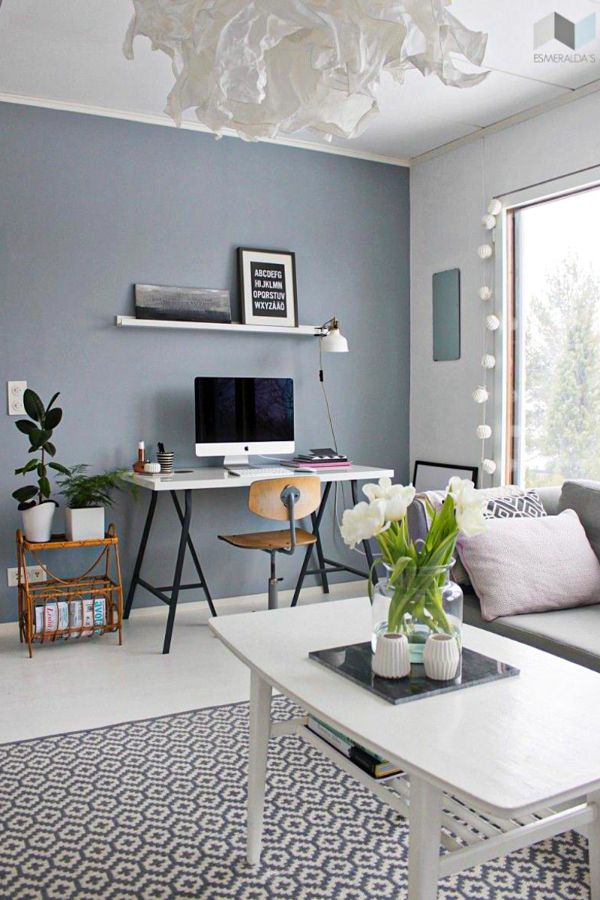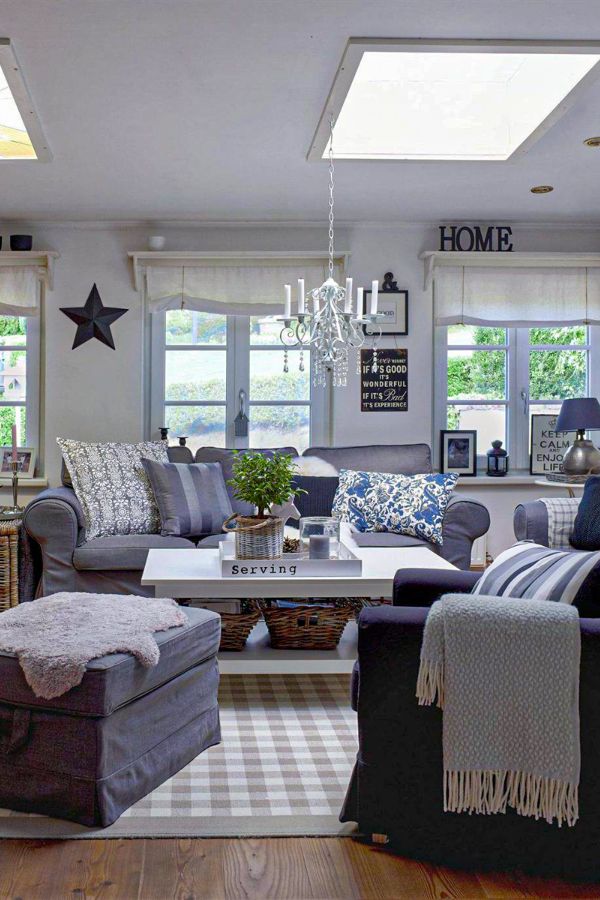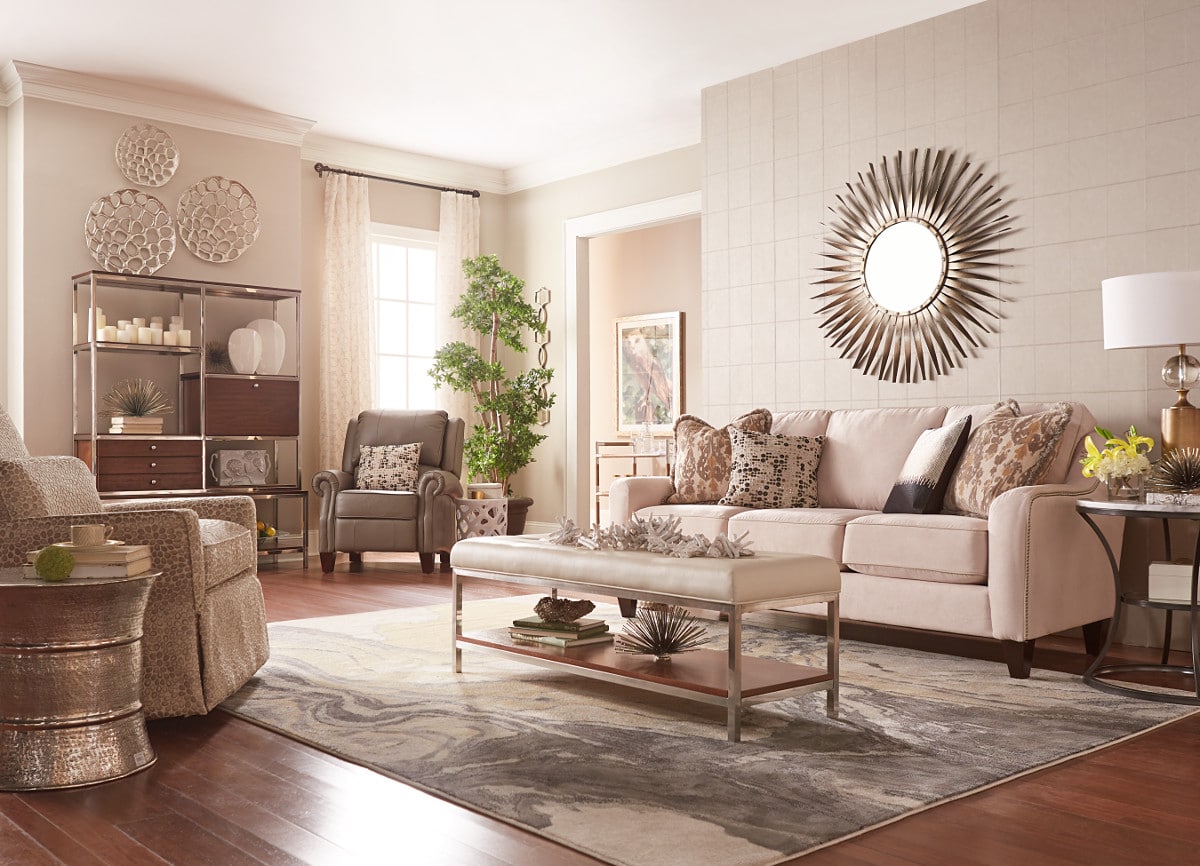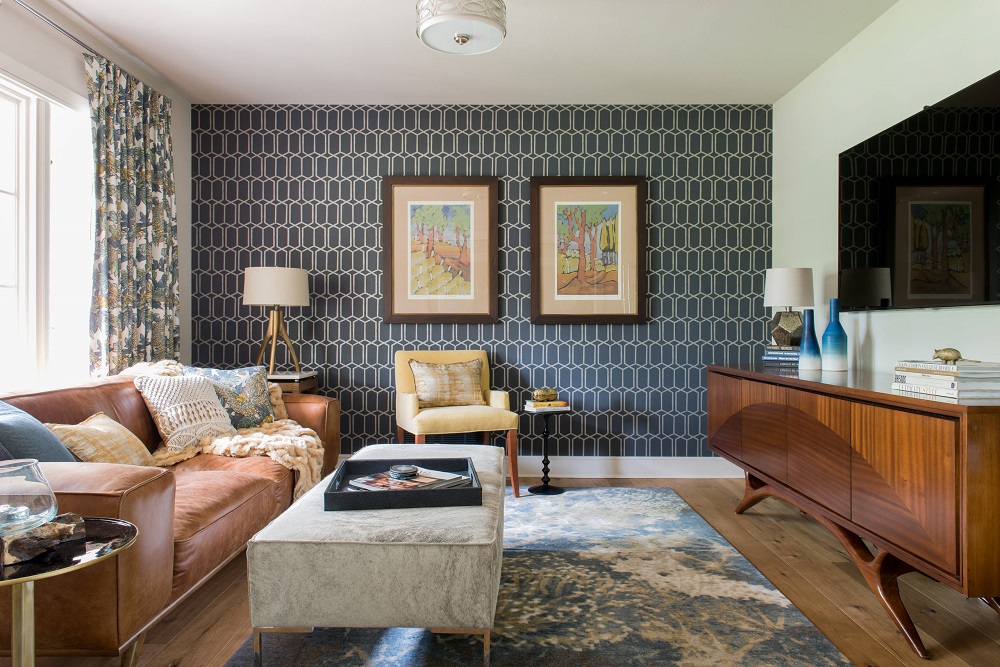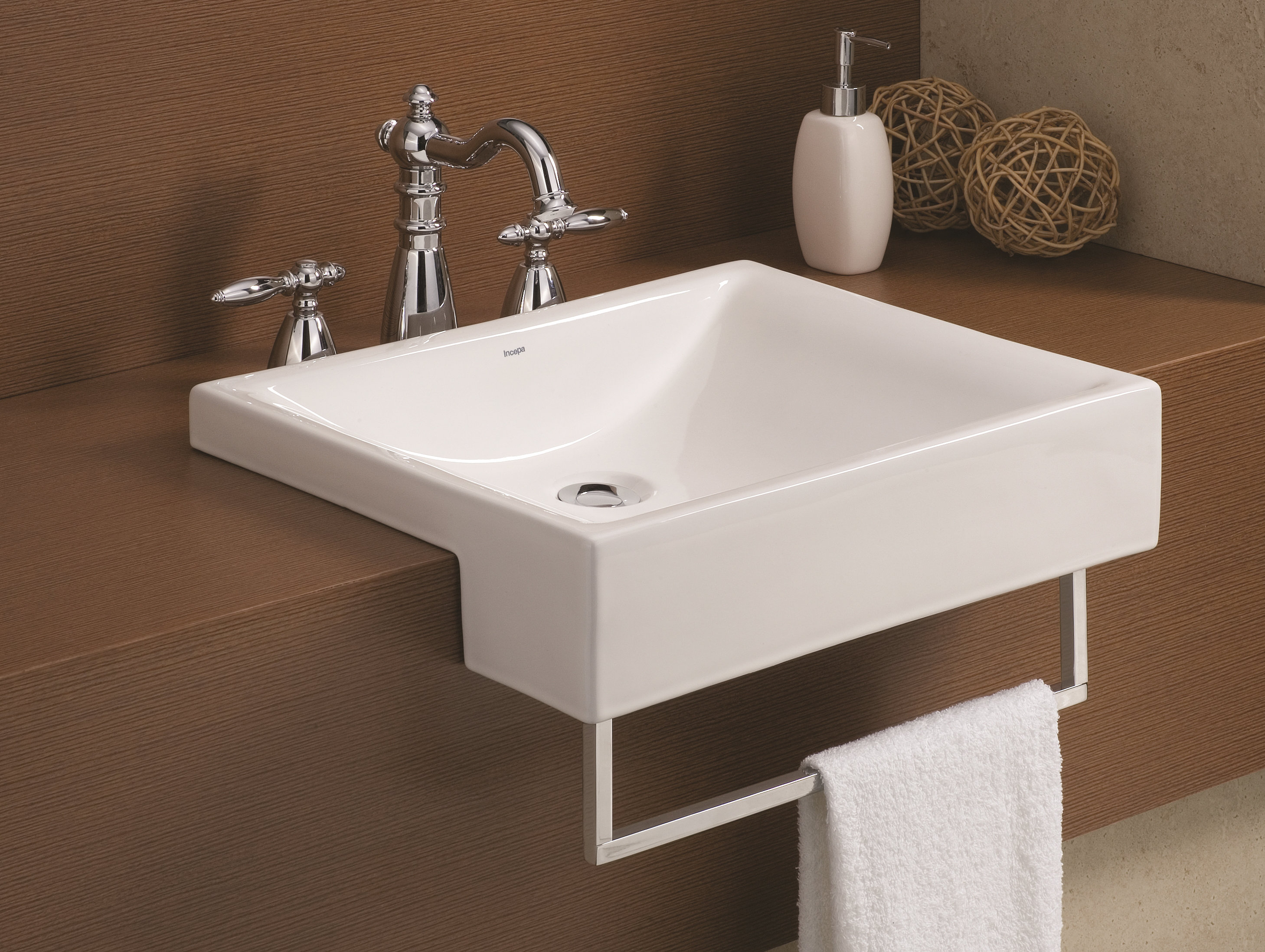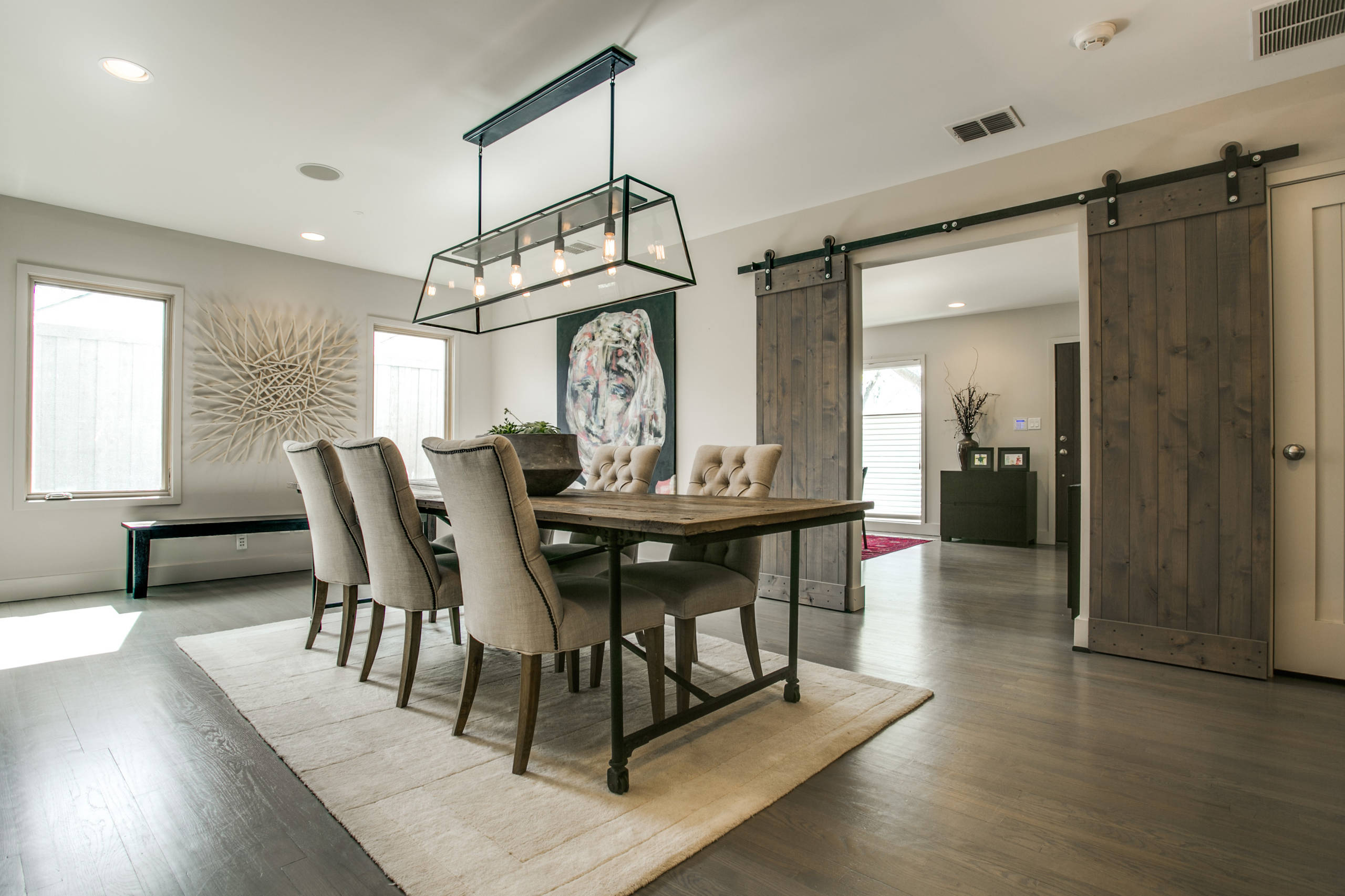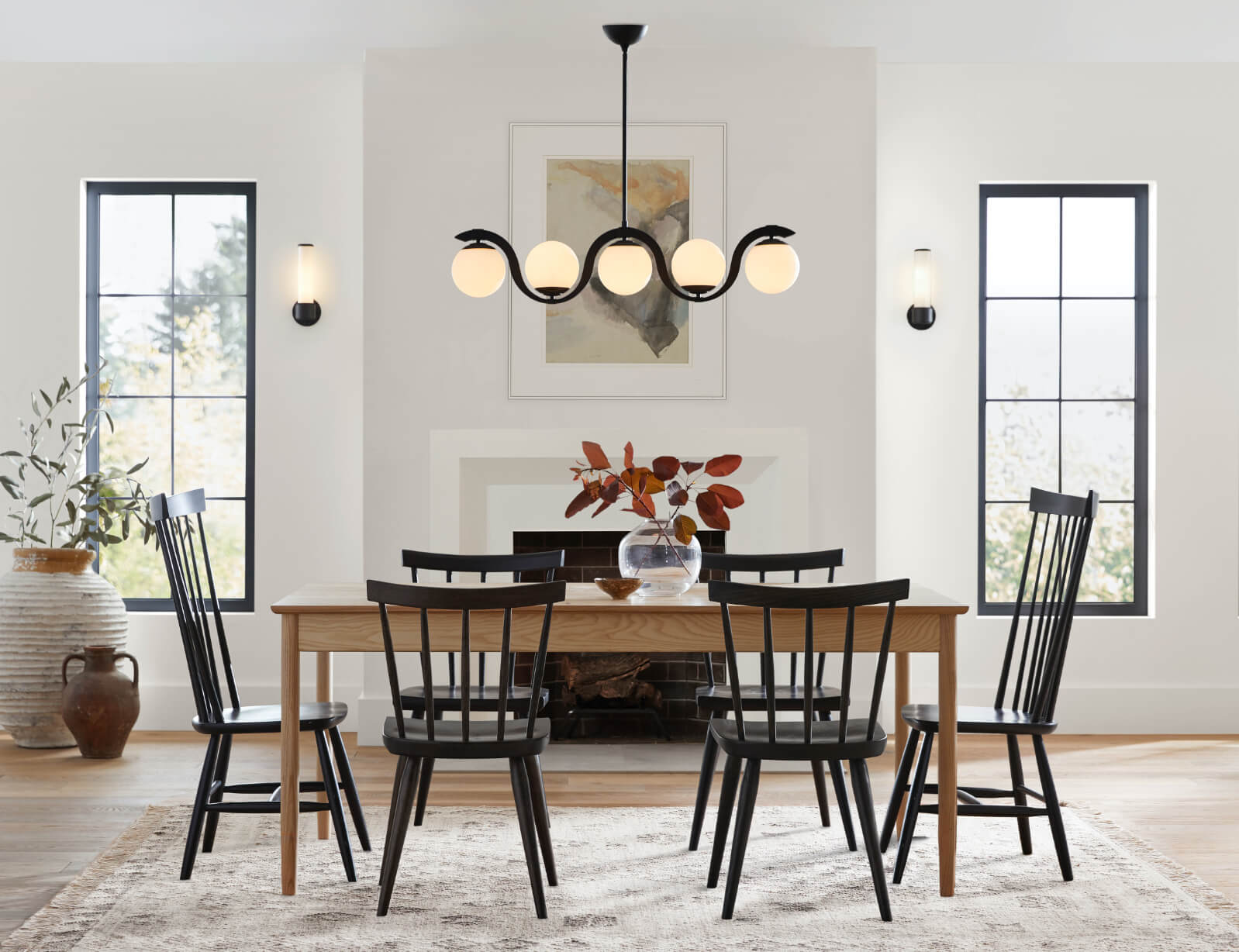Color Psychology: How to Choose the Right Paint Colors for Your Living Room Walls
Choosing the perfect paint color for your living room walls can be a daunting task. With so many options available, it's easy to get overwhelmed and end up with a color that doesn't quite work for your space. But fear not, by understanding color psychology and following these 10 tips, you can confidently choose the right paint color for your living room walls.
10 Tips for Picking Paint Colors for Your Living Room Walls
Tip #1: Consider the function of your living room. Is it a space for relaxation or entertainment? This will help determine the mood you want to create with the paint color.
Tip #2: Take inspiration from your existing furniture and decor. Look for colors that complement or contrast with your current pieces.
Tip #3: Think about the natural lighting in your living room. North facing rooms tend to have cooler, bluish light, while south facing rooms have warmer, yellowish light.
Tip #4: Use a color wheel to find complementary colors. Colors that are opposite each other on the wheel, such as blue and orange, often create a visually striking combination.
Tip #5: Consider the size of your living room. Darker colors can make a small space feel even smaller, while lighter colors can make a large room feel more airy and open.
Tip #6: Don't be afraid to test out multiple paint samples on your walls. Colors can look different in different lighting and against different surfaces.
Tip #7: Remember that neutral doesn't have to mean boring. Shades of beige, gray, and white can add depth and texture to your living room walls.
Tip #8: Take into account the overall color scheme of your home. You want your living room walls to flow seamlessly with the rest of your space.
Tip #9: Look at color trends, but don't feel pressured to follow them. Choose a color that you love and will make you happy every time you enter your living room.
Tip #10: Trust your gut. At the end of the day, you are the one who will be living with the paint color, so choose one that speaks to you and makes you feel at home.
Choosing the Perfect Paint Color for Your Living Room Walls: A Step-by-Step Guide
Now that you have some tips to guide you, let's break down the process of choosing the perfect paint color for your living room walls into a simple step-by-step guide.
Step 1: Determine the function of your living room. Is it a space for relaxation, entertainment, or both?
Step 2: Look at your existing furniture and decor for color inspiration.
Step 3: Consider the lighting in your living room. Is it cooler or warmer in tone?
Step 4: Use a color wheel to find complementary colors.
Step 5: Think about the size of your living room.
Step 6: Test out multiple paint samples on your walls.
Step 7: Don't shy away from neutrals. They can add depth and texture to your living room walls.
Step 8: Take into account the overall color scheme of your home.
Step 9: Look at current color trends, but don't feel pressured to follow them.
Step 10: Trust your instincts and choose a color that makes you happy.
Top 5 Paint Colors for Living Room Walls That Will Transform Your Space
If you're still feeling unsure about which paint color to choose for your living room, here are five tried and true options that are sure to transform your space:
1. Tranquil Blue: Blue is known for its calming properties, making it the perfect color for a living room that serves as a relaxation space.
2. Warm Beige: Beige may seem like a boring choice, but it's a great neutral color that can add warmth and coziness to a room.
3. Vibrant Green: Green is a versatile color that can add a pop of life to a living room. It also has a calming effect similar to blue.
4. Bold Red: Red is a bold and energizing color that is perfect for a living room that doubles as an entertaining space.
5. Soft Gray: Gray has become a popular neutral color in recent years and for good reason. It can add a touch of sophistication and elegance to any living room.
How to Use a Color Wheel to Choose the Best Paint Colors for Your Living Room Walls
A color wheel is a helpful tool when it comes to choosing the best paint colors for your living room walls. Here's how you can use it:
1. Complementary Colors: As mentioned earlier, colors that are opposite each other on the color wheel, such as blue and orange, can create a visually striking combination.
2. Analogous Colors: These are colors that are next to each other on the color wheel, such as blue and green. They create a harmonious and cohesive look when used together.
3. Monochromatic Colors: This is when you use different shades of the same color, such as light blue and dark blue. It creates a subtle and sophisticated look.
The Dos and Don'ts of Choosing Paint Colors for Your Living Room Walls
As with any design decision, there are some dos and don'ts to keep in mind when choosing paint colors for your living room walls:
Dos:
- Do consider the function of your living room and choose a color that reflects that.
- Do take inspiration from your existing furniture and decor.
- Do use a color wheel to find complementary colors.
- Do test out multiple paint samples on your walls.
- Do trust your instincts and choose a color that makes you happy.
Don'ts:
- Don't feel pressured to follow color trends if they don't align with your personal style.
- Don't be afraid to try bold colors, but use them sparingly.
- Don't forget to take into account the overall color scheme of your home.
- Don't choose a color without testing it in different lighting and against different surfaces.
Neutral vs. Bold: Which Paint Colors Work Best for Living Room Walls?
When it comes to choosing between neutral and bold paint colors for your living room walls, it ultimately depends on your personal style and the function of the room.
Neutral colors, such as beige, gray, and white, are a safe and timeless choice. They can create a calming and cohesive space, and also serve as a blank canvas for you to add pops of color with your furniture and decor.
Bold colors, such as red, green, and blue, can add a sense of personality and energy to a living room. They work well in spaces that are used for entertaining or as a statement piece in an otherwise neutral room.
5 Mistakes to Avoid When Choosing Paint Colors for Your Living Room Walls
While there are no hard and fast rules when it comes to choosing paint colors, here are five common mistakes to avoid:
1. Not considering the function of the room: As mentioned earlier, the function of your living room should play a role in the color you choose.
2. Not testing out paint samples: Colors can look different in different lighting and against different surfaces, so it's important to test out paint samples before making a decision.
3. Not taking into account the overall color scheme of your home: Your living room should flow with the rest of your space, so consider the colors used throughout your home when choosing a paint color.
4. Choosing a color based solely on current trends: Trends come and go, so choose a color that you love and will make you happy for years to come.
5. Not trusting your instincts: At the end of the day, you are the one who will be living with the paint color, so trust your gut and choose a color that speaks to you.
The Impact of Lighting on Paint Colors for Living Room Walls
Lighting plays a crucial role in how paint colors appear in a room. Natural light, artificial light, and the direction the room is facing can all affect the way a color looks on your walls. It's important to take into account the lighting in your living room when choosing a paint color and to test it out in different lighting scenarios.
How to Incorporate Accent Colors into Your Living Room Walls for a Cohesive Look
Adding accent colors to your living room walls can add depth and visual interest to your space. Here are a few ways to do so:
1. Create an accent wall: Choose one wall to paint a bolder color or add a fun wallpaper to create a focal point in your living room.
2. Use color blocking: Paint two or more adjacent walls in different colors to create a unique and modern look.
3. Add pops of color with decor: If you're not ready to commit to a bold paint color, incorporate accent colors through pillows, rugs, and other decor items.
Understanding the Psychology of Colors for Your Living Room Walls

The Impact of Colors on Your Mood and Emotions
 When it comes to choosing paint colors for your living room walls, it is important to consider the impact that colors can have on your mood and emotions.
Colors have the power to evoke certain feelings and emotions, making them a crucial element in interior design.
For example, cool colors like blue and green can create a calming and tranquil atmosphere, while warm colors like red and orange can bring energy and excitement to a room.
Knowing the psychology behind colors can help you choose the perfect shade for your living room walls.
When it comes to choosing paint colors for your living room walls, it is important to consider the impact that colors can have on your mood and emotions.
Colors have the power to evoke certain feelings and emotions, making them a crucial element in interior design.
For example, cool colors like blue and green can create a calming and tranquil atmosphere, while warm colors like red and orange can bring energy and excitement to a room.
Knowing the psychology behind colors can help you choose the perfect shade for your living room walls.
The Best Colors for a Relaxing Living Room
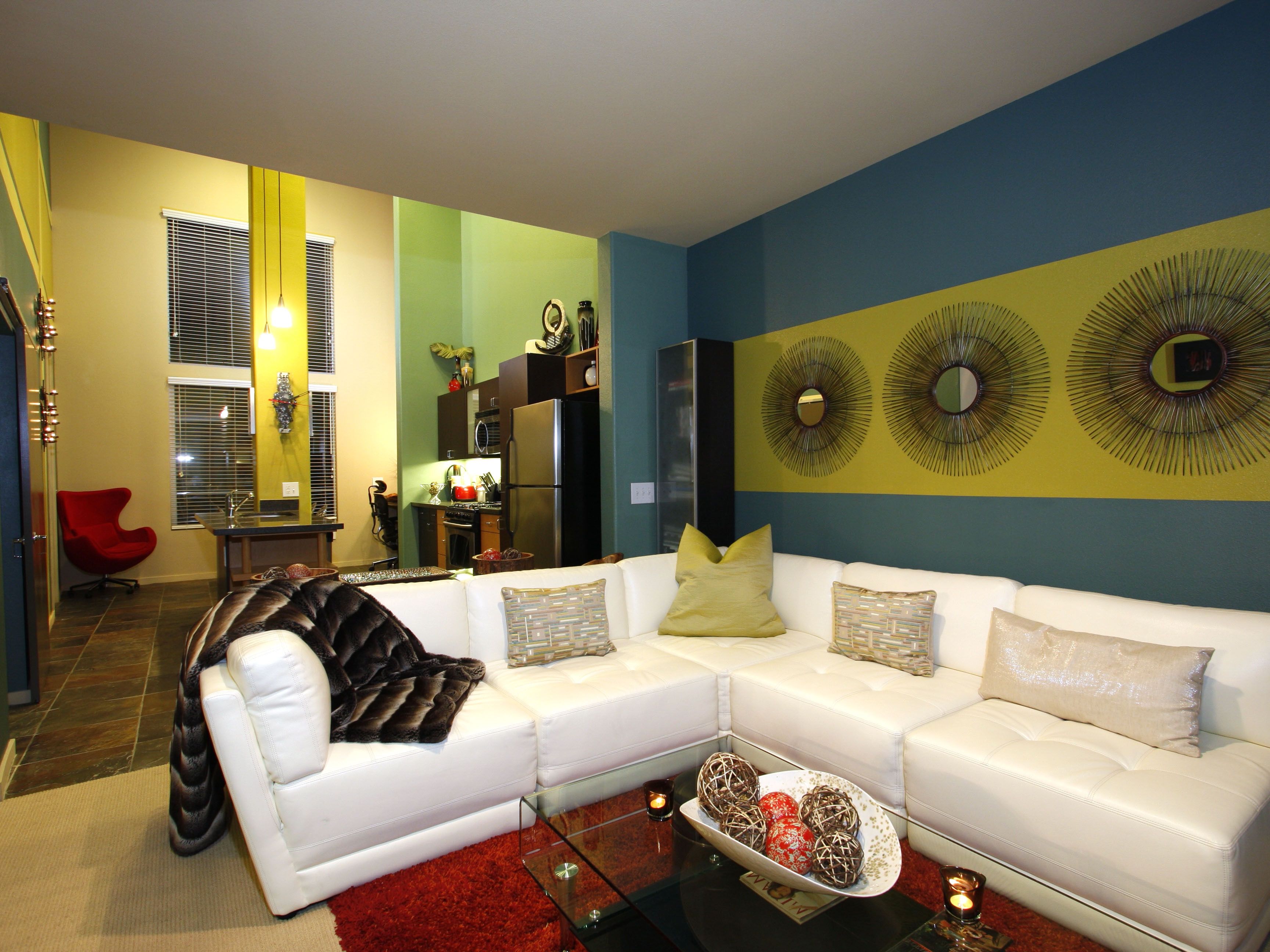 If you want your living room to be a place of relaxation and serenity,
opt for cool colors like shades of blue, green, and purple.
These colors are known for their calming effects and can make your living room feel like a peaceful sanctuary.
Lighter shades of these colors can also help make a small living room appear larger and more open.
Consider pairing these colors with neutral furniture and accents for a cohesive and soothing look.
If you want your living room to be a place of relaxation and serenity,
opt for cool colors like shades of blue, green, and purple.
These colors are known for their calming effects and can make your living room feel like a peaceful sanctuary.
Lighter shades of these colors can also help make a small living room appear larger and more open.
Consider pairing these colors with neutral furniture and accents for a cohesive and soothing look.
Creating a Bold and Vibrant Living Room
:max_bytes(150000):strip_icc()/showcase-home-interior-looks-inviting--487916813-5accd093fa6bcc00361bb970.jpg) On the other hand, if you want your living room to make a statement and have a lively atmosphere,
use warm and bold colors like red, orange, and yellow.
These colors are known for their energy and can add a sense of warmth and vibrancy to your living room.
However, be cautious when using these colors as they can be overwhelming if not balanced properly.
Consider using these colors as accents or in smaller doses to avoid a chaotic look.
On the other hand, if you want your living room to make a statement and have a lively atmosphere,
use warm and bold colors like red, orange, and yellow.
These colors are known for their energy and can add a sense of warmth and vibrancy to your living room.
However, be cautious when using these colors as they can be overwhelming if not balanced properly.
Consider using these colors as accents or in smaller doses to avoid a chaotic look.
The Importance of Lighting
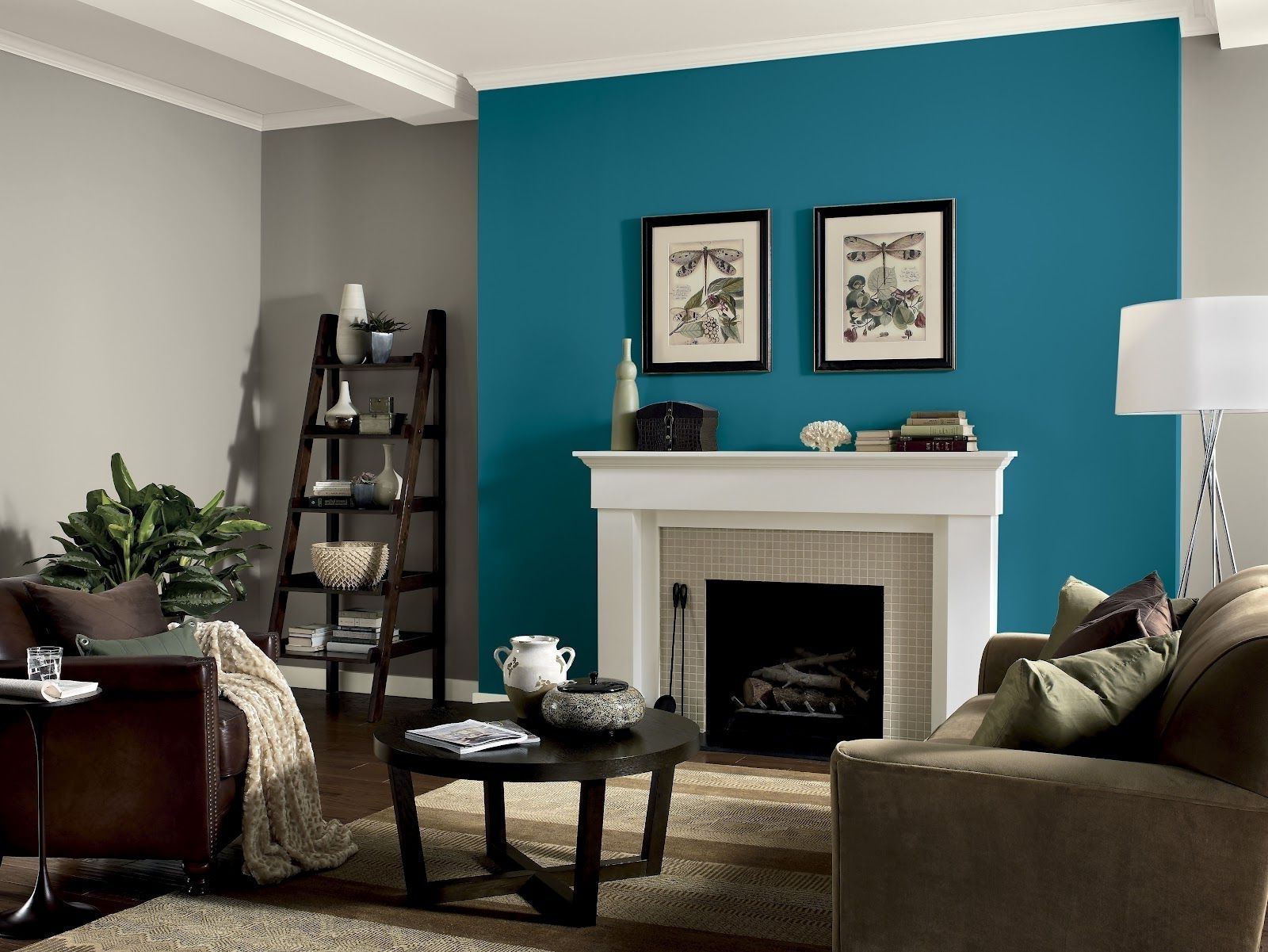 When choosing paint colors for your living room walls, it is crucial to consider the lighting in the room.
Lighting can greatly affect the way colors appear in a room, making them look different in natural light versus artificial light.
If your living room receives a lot of natural light, you may want to opt for cooler colors to balance out the warmth from the sunlight.
If your living room has minimal natural light, consider using warmer colors to add a sense of brightness and warmth to the space.
When choosing paint colors for your living room walls, it is crucial to consider the lighting in the room.
Lighting can greatly affect the way colors appear in a room, making them look different in natural light versus artificial light.
If your living room receives a lot of natural light, you may want to opt for cooler colors to balance out the warmth from the sunlight.
If your living room has minimal natural light, consider using warmer colors to add a sense of brightness and warmth to the space.
Don't Be Afraid to Experiment
 Ultimately, choosing the perfect paint color for your living room walls is a personal decision.
Don't be afraid to experiment with different colors and shades to find what works best for you and your space.
Remember to consider the overall mood and atmosphere you want to create, as well as the lighting in the room, before making your final decision.
With the right color, your living room walls can become the perfect canvas for your personal style and reflect the desired mood of the space.
Ultimately, choosing the perfect paint color for your living room walls is a personal decision.
Don't be afraid to experiment with different colors and shades to find what works best for you and your space.
Remember to consider the overall mood and atmosphere you want to create, as well as the lighting in the room, before making your final decision.
With the right color, your living room walls can become the perfect canvas for your personal style and reflect the desired mood of the space.





:extract_focal()/https://pocket-syndicated-images.s3.amazonaws.com/articles/5304/1596722483_at_housetours_2019-06_VivY-RhiannonSouthwell_AT_rhiannon_vivyapp-12.jpg)
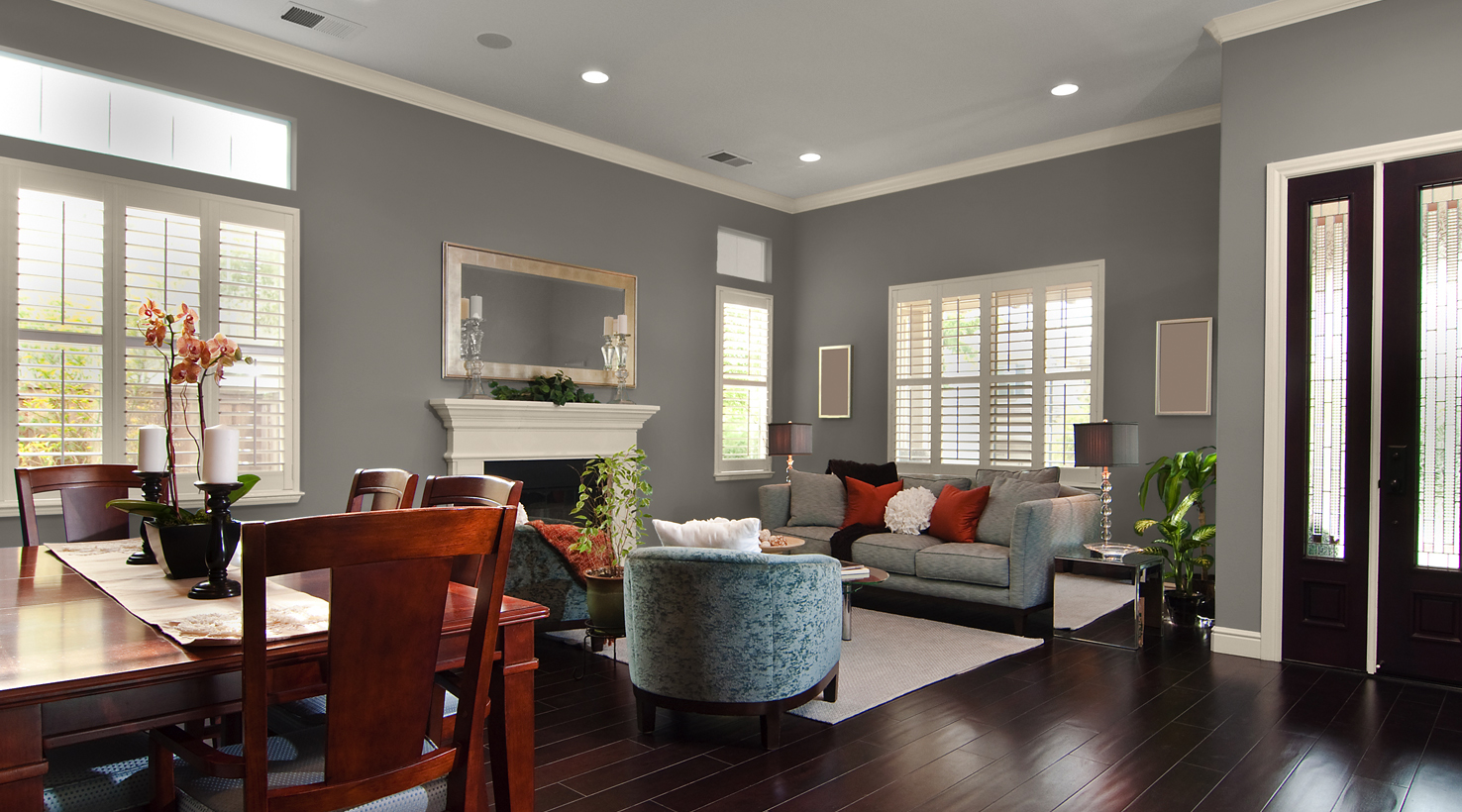

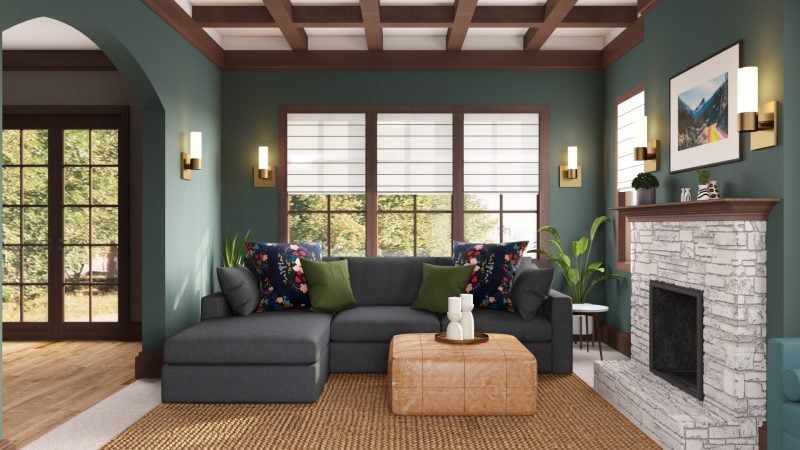

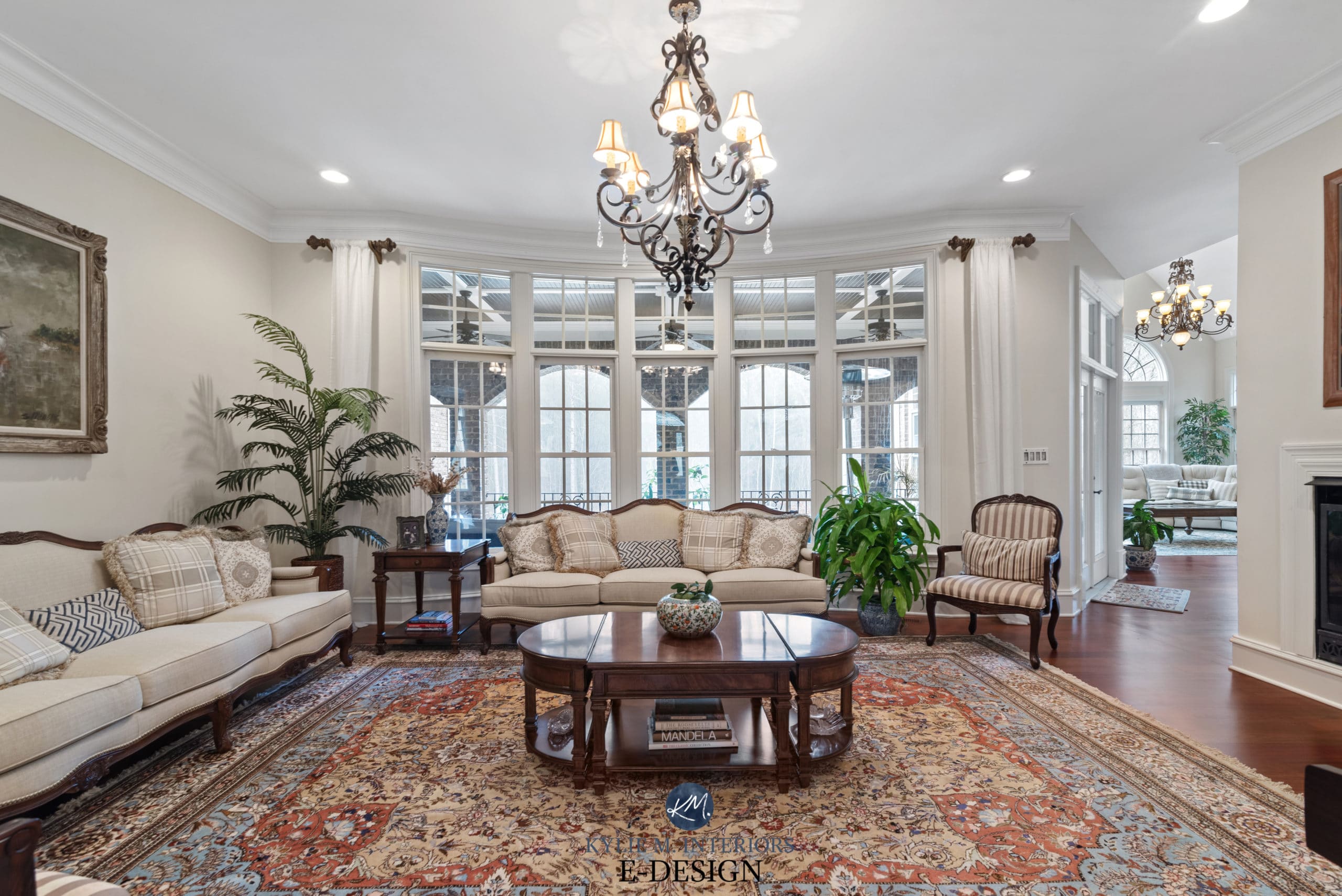



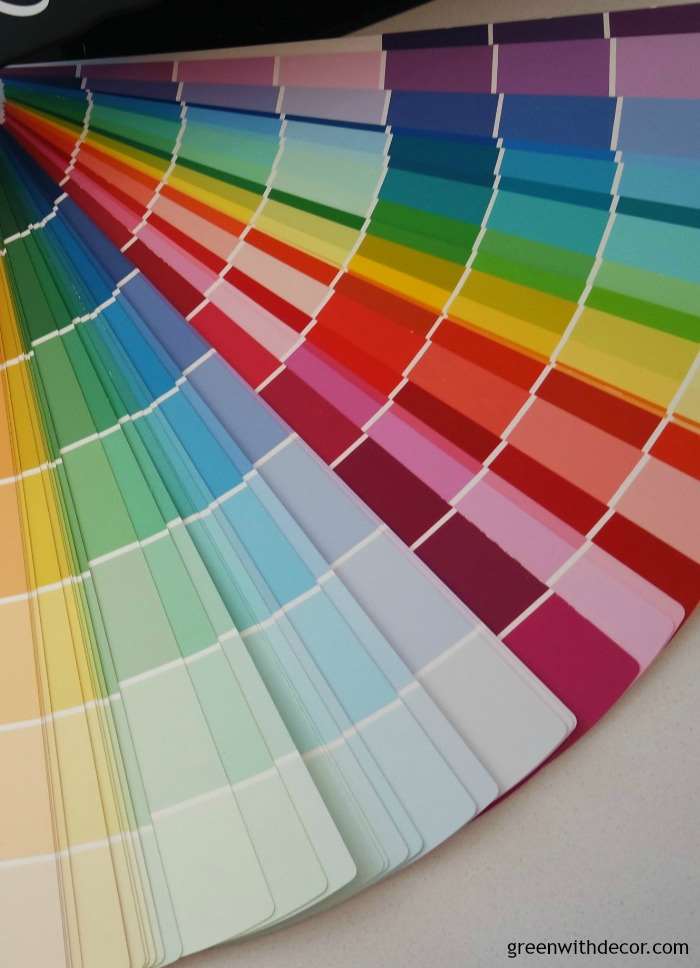



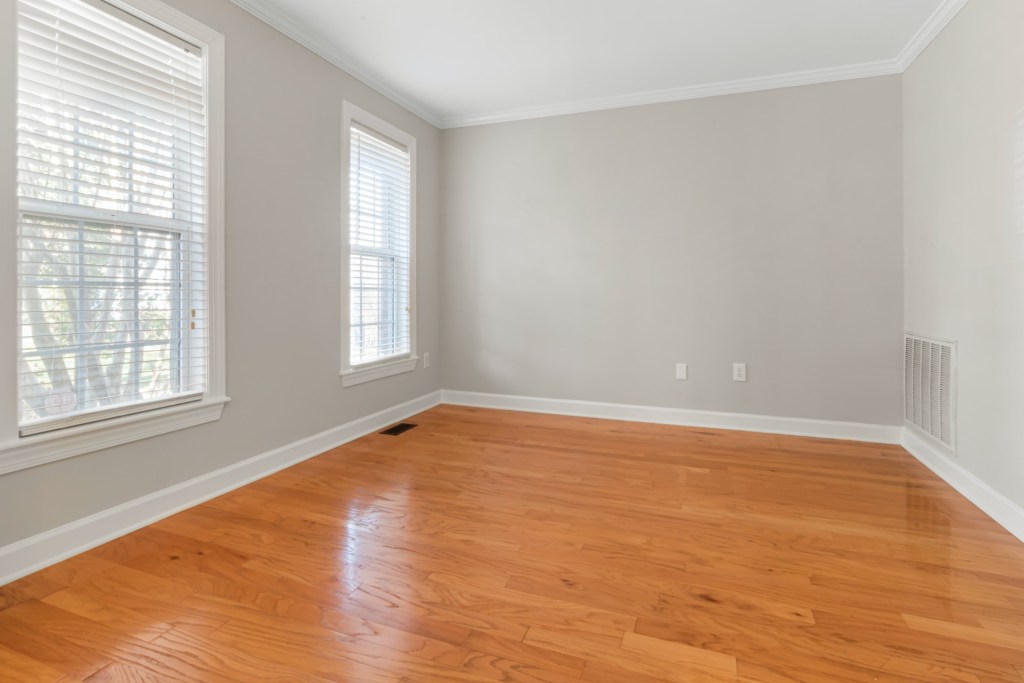

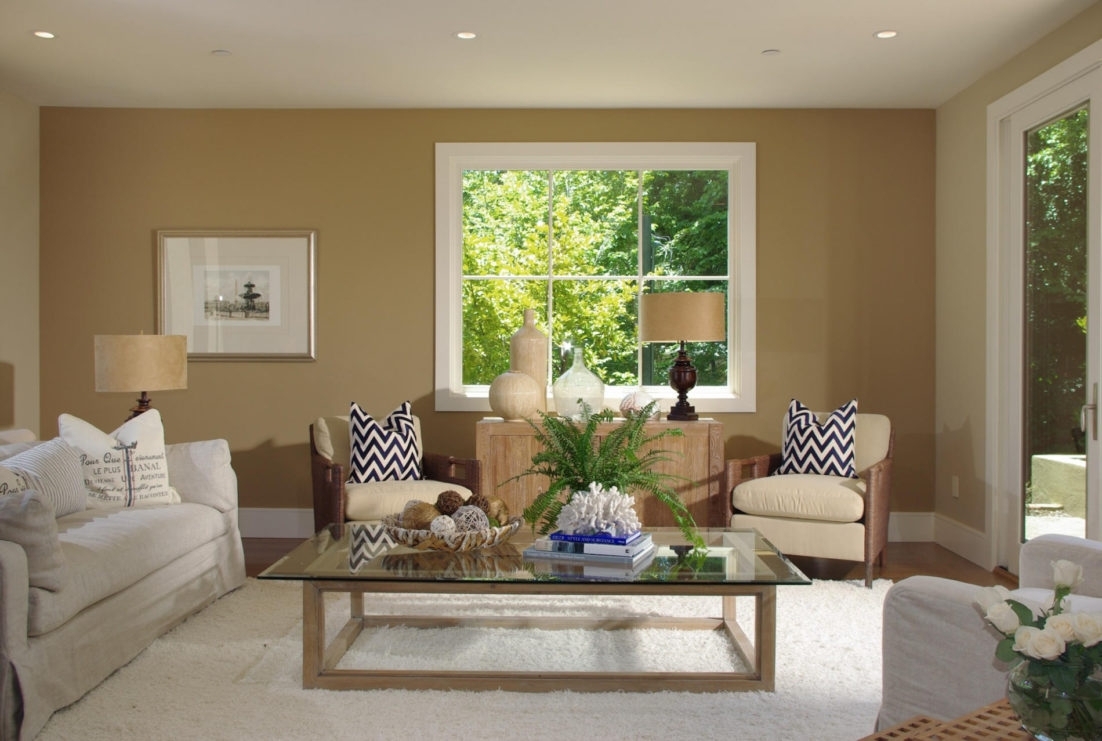
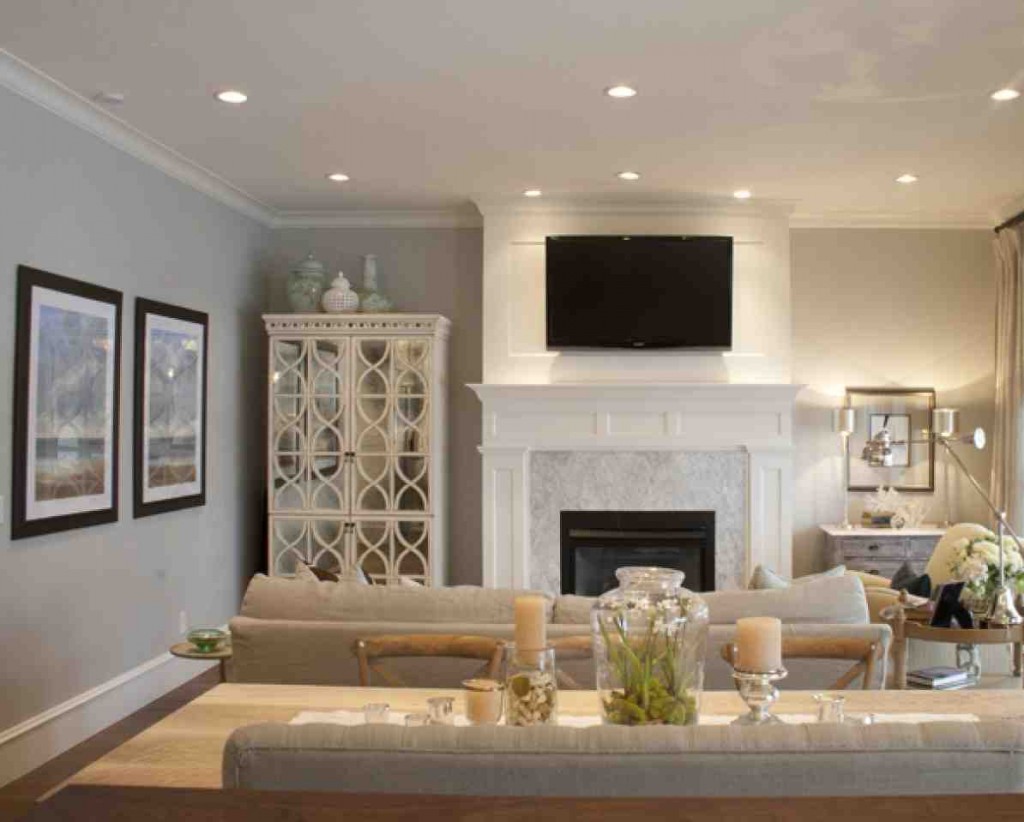
:max_bytes(150000):strip_icc()/choosing-interior-paint-colors-4011484-007-b567461297e44c4f8a84f1088e1f40ea.jpg)





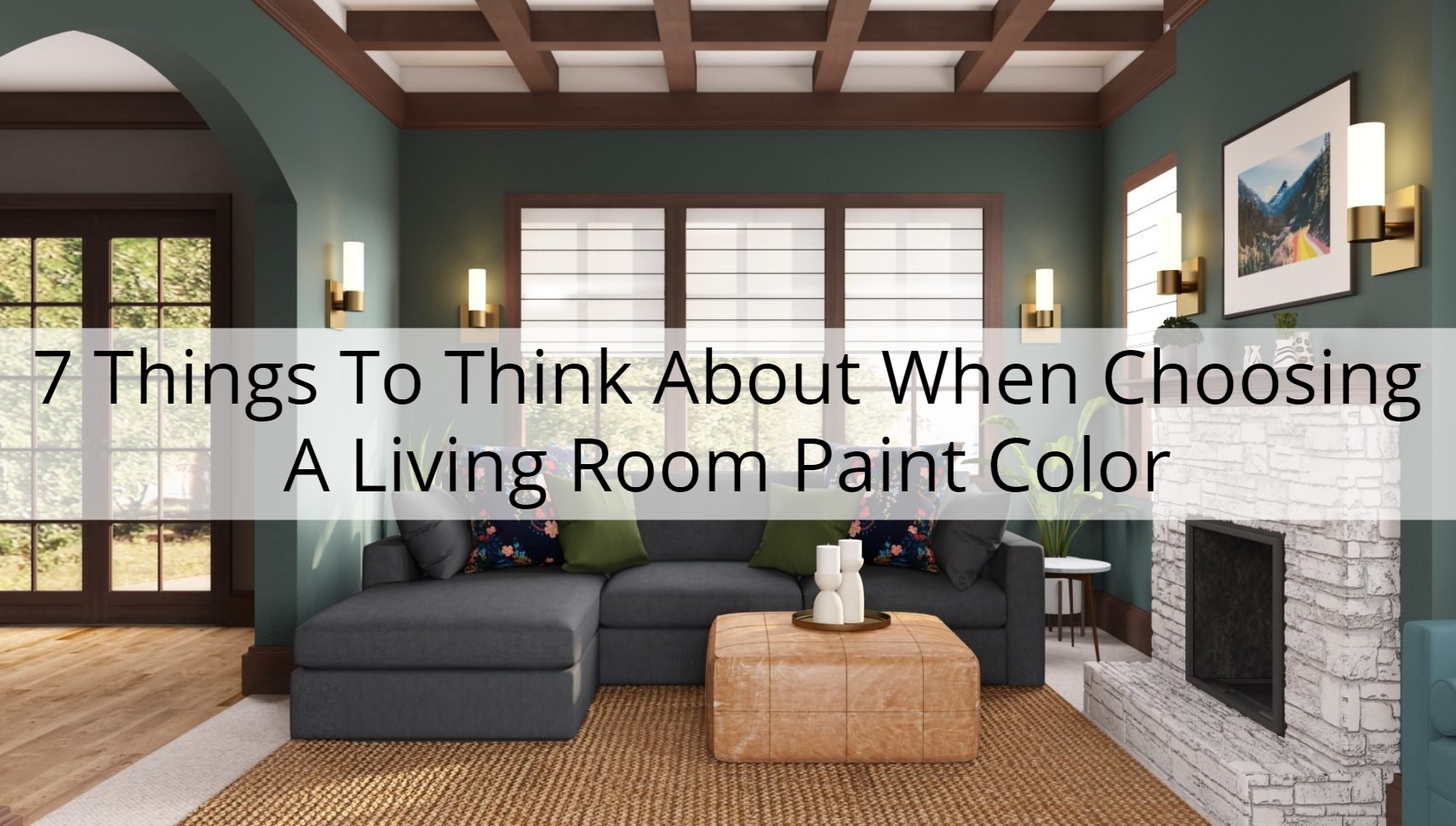
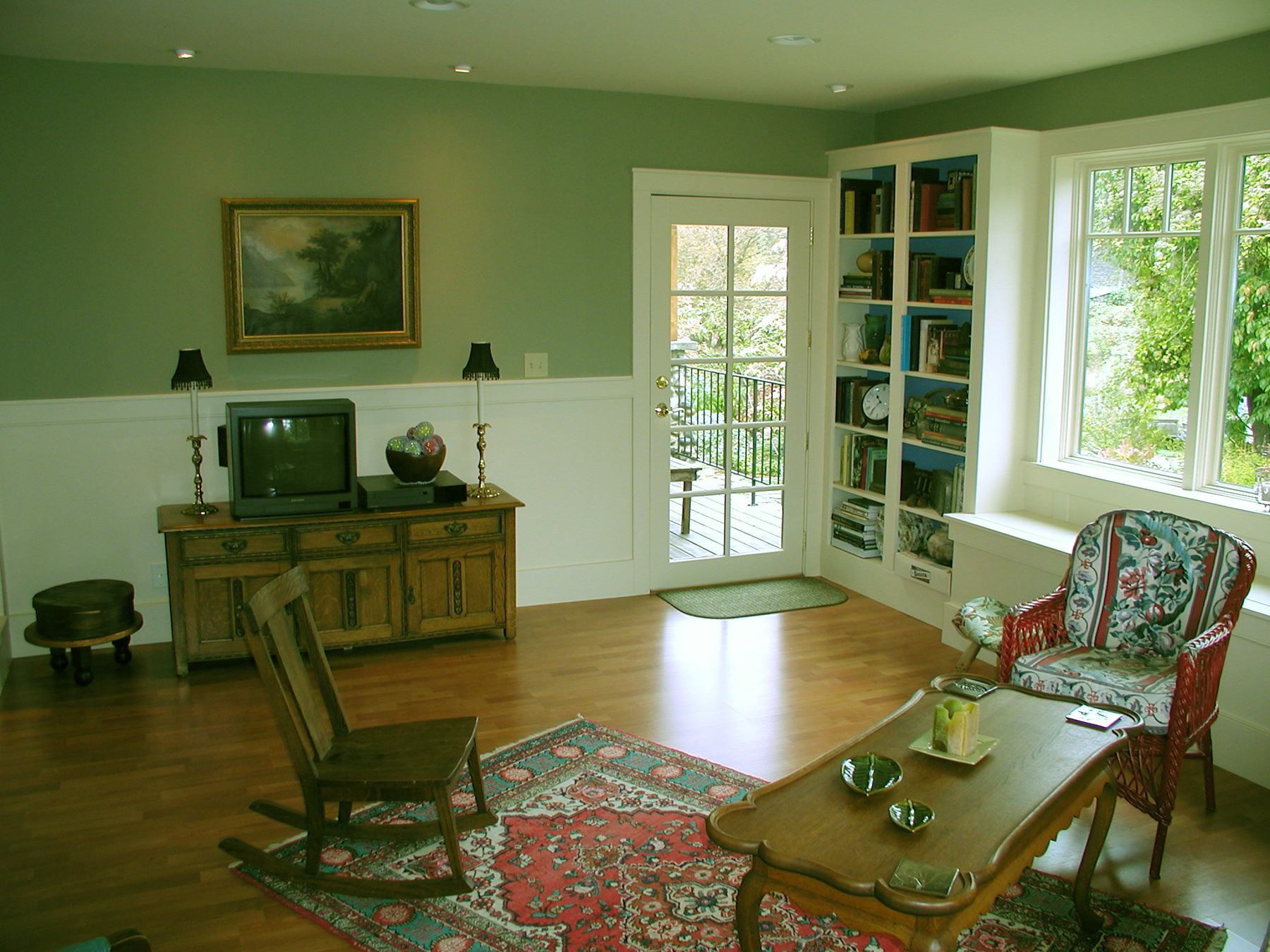



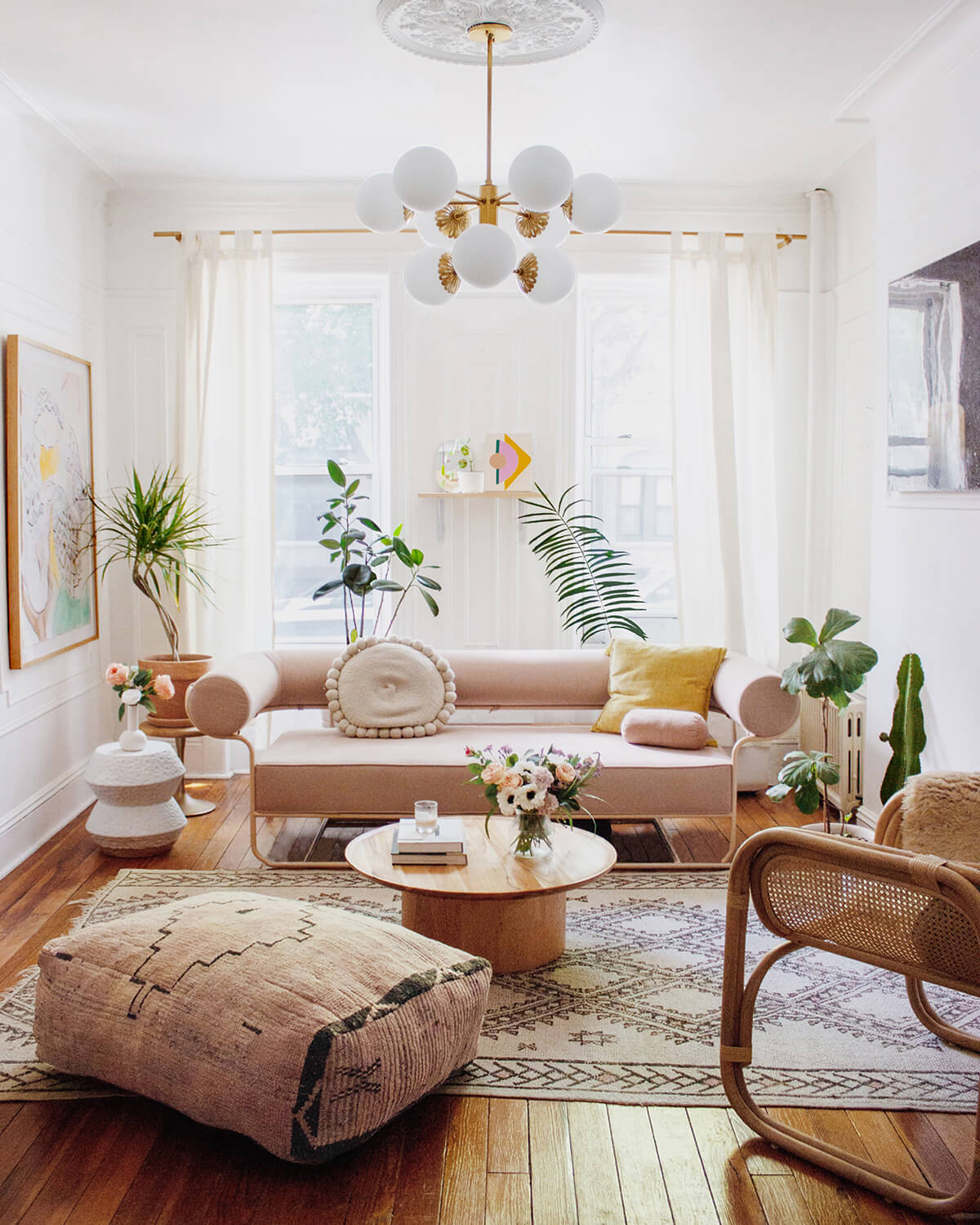
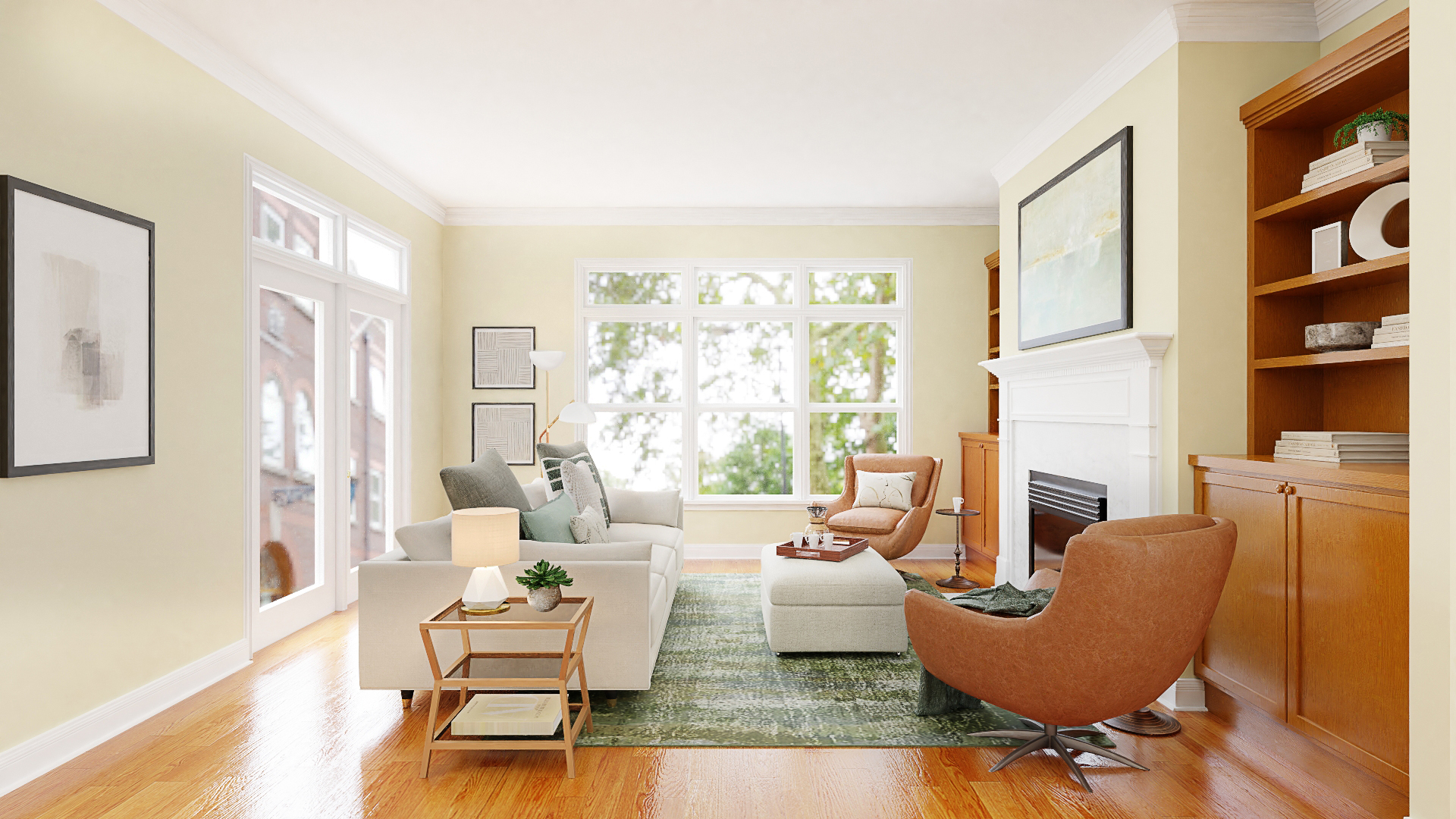
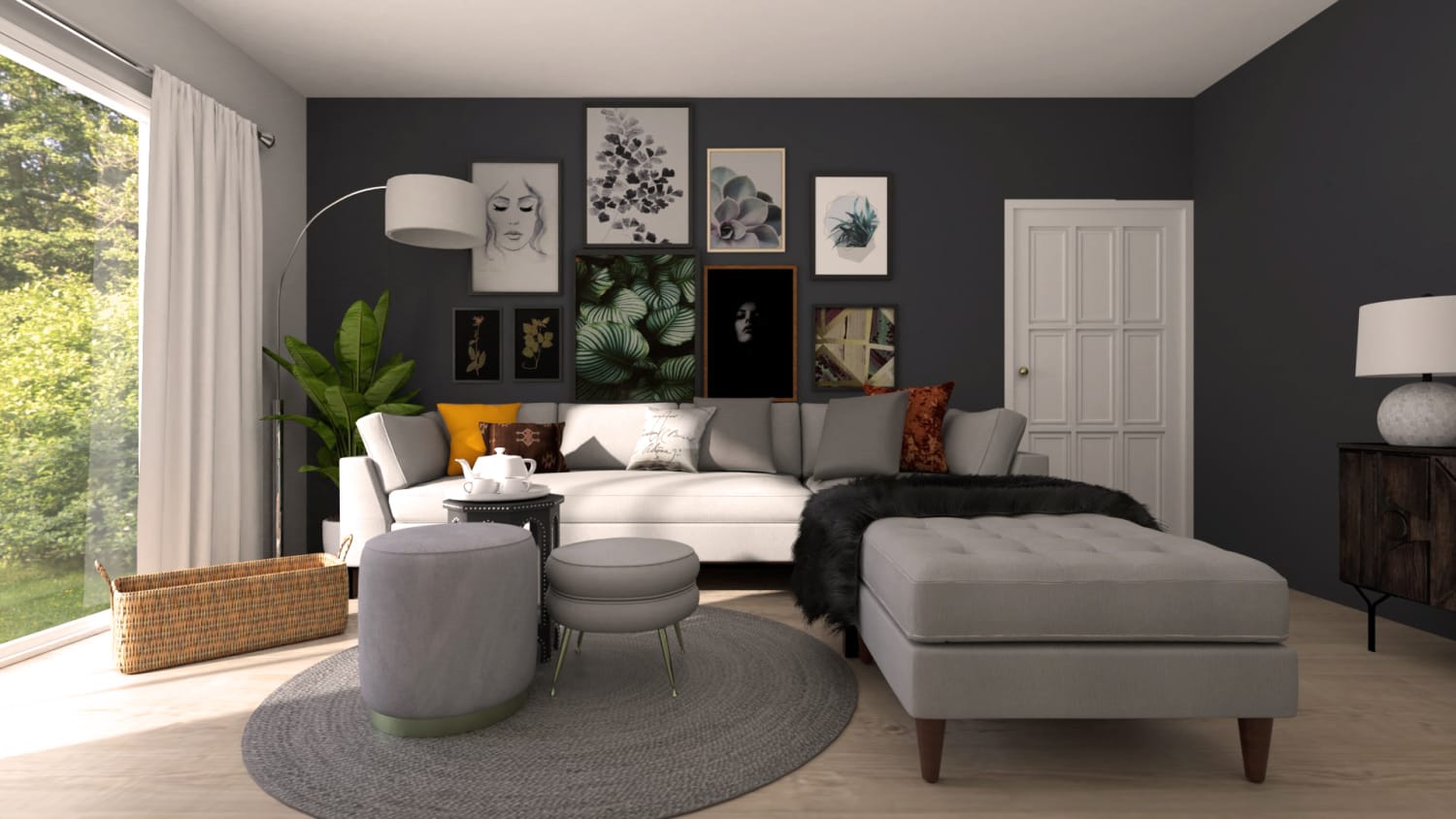


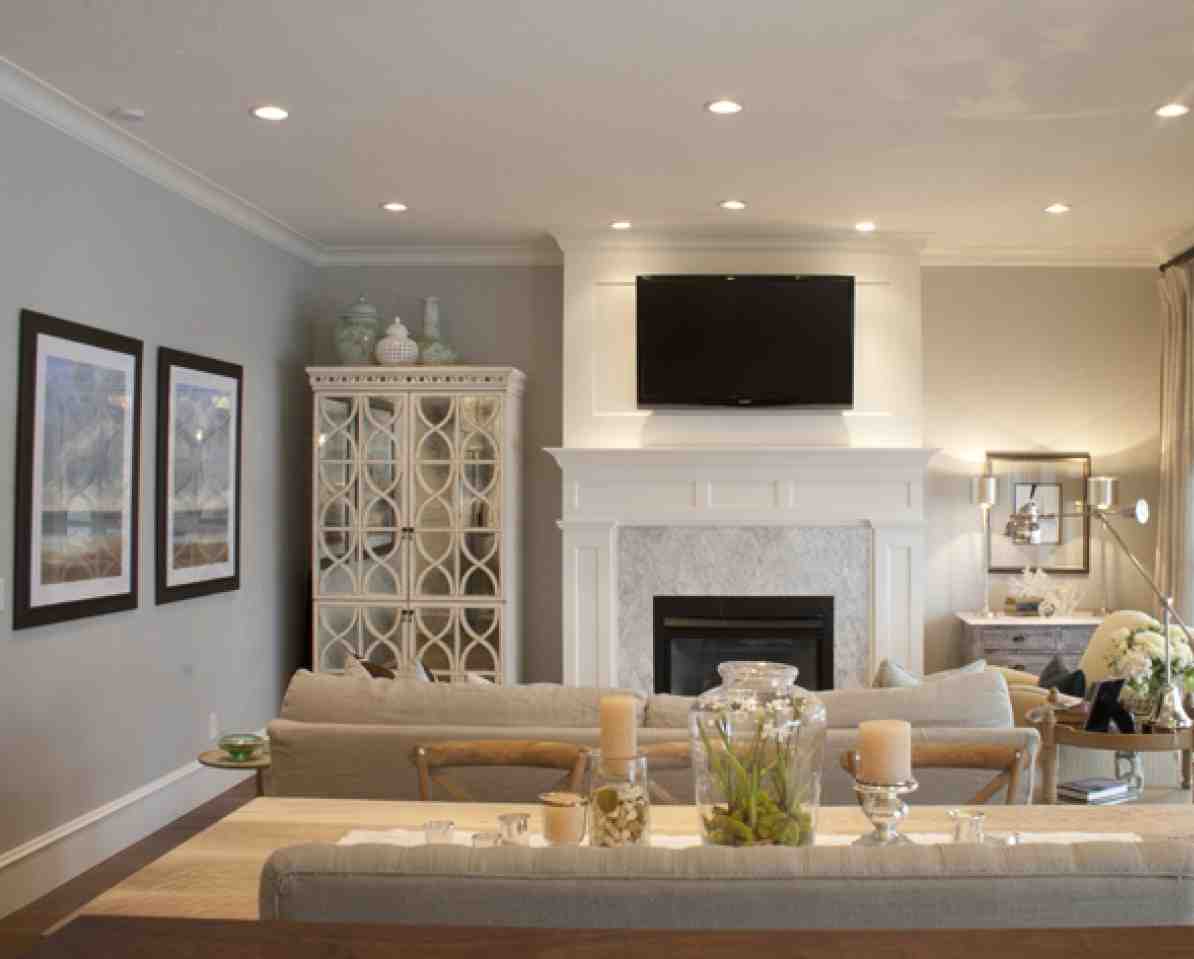





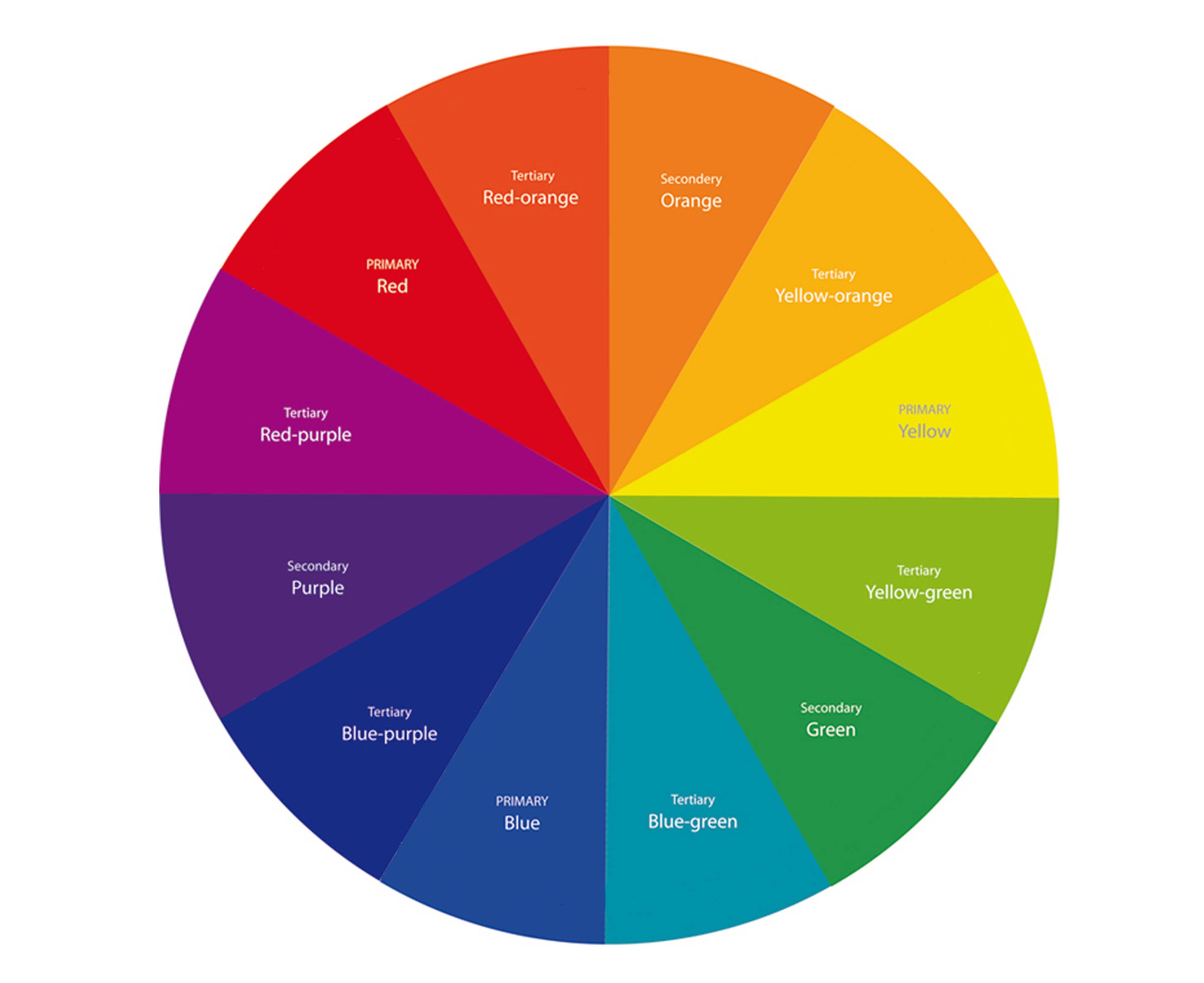
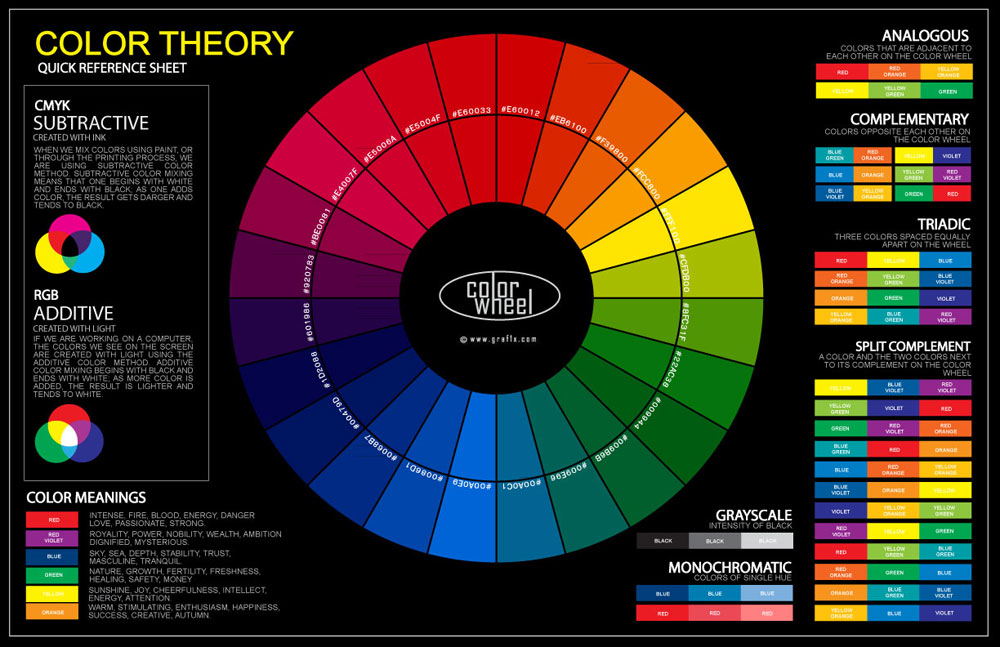
/GettyImages-483184711-5bdde0034cedfd00262d22ac.jpg)
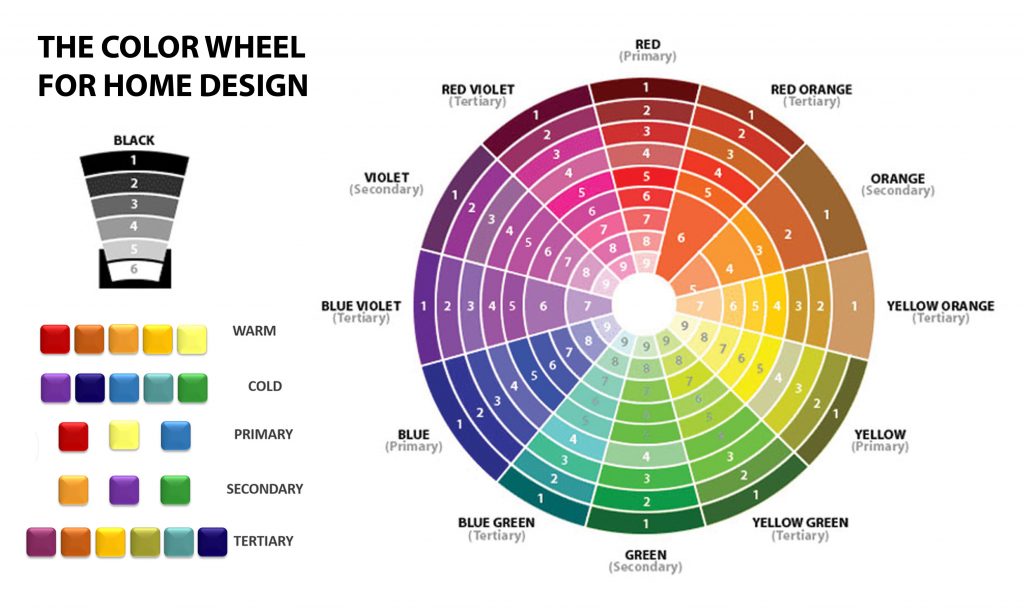



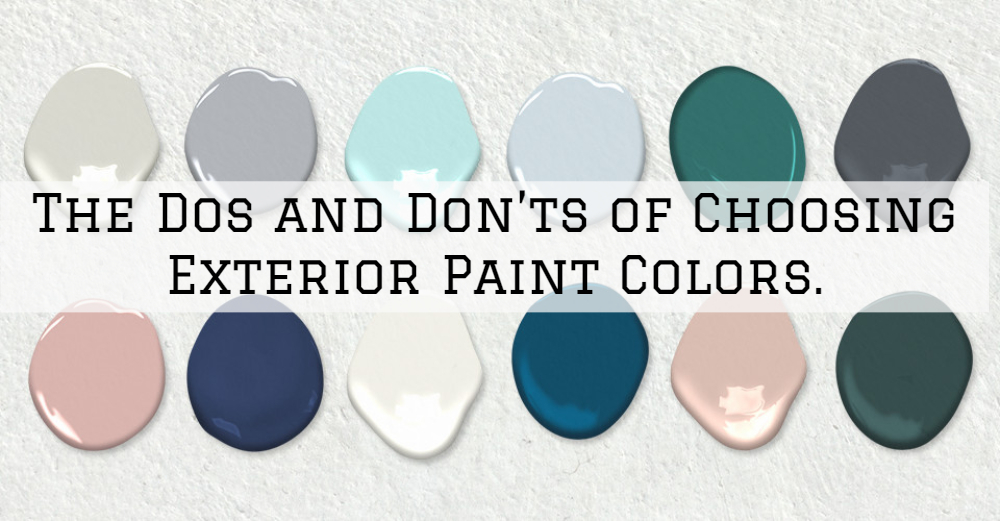
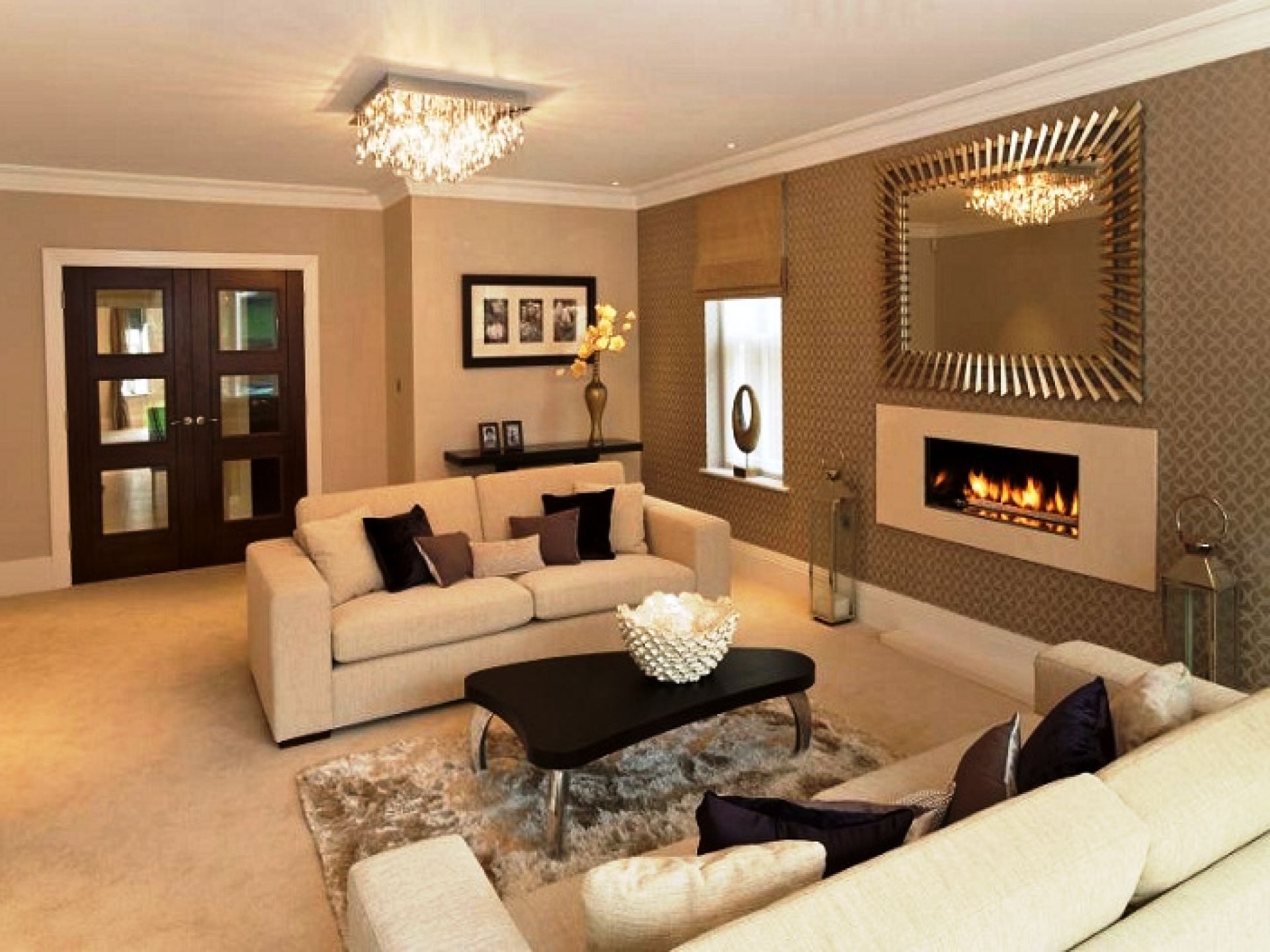
/living-room-with-orange-wall-640896866-5ab15995a18d9e0037c3a9ba.jpg)


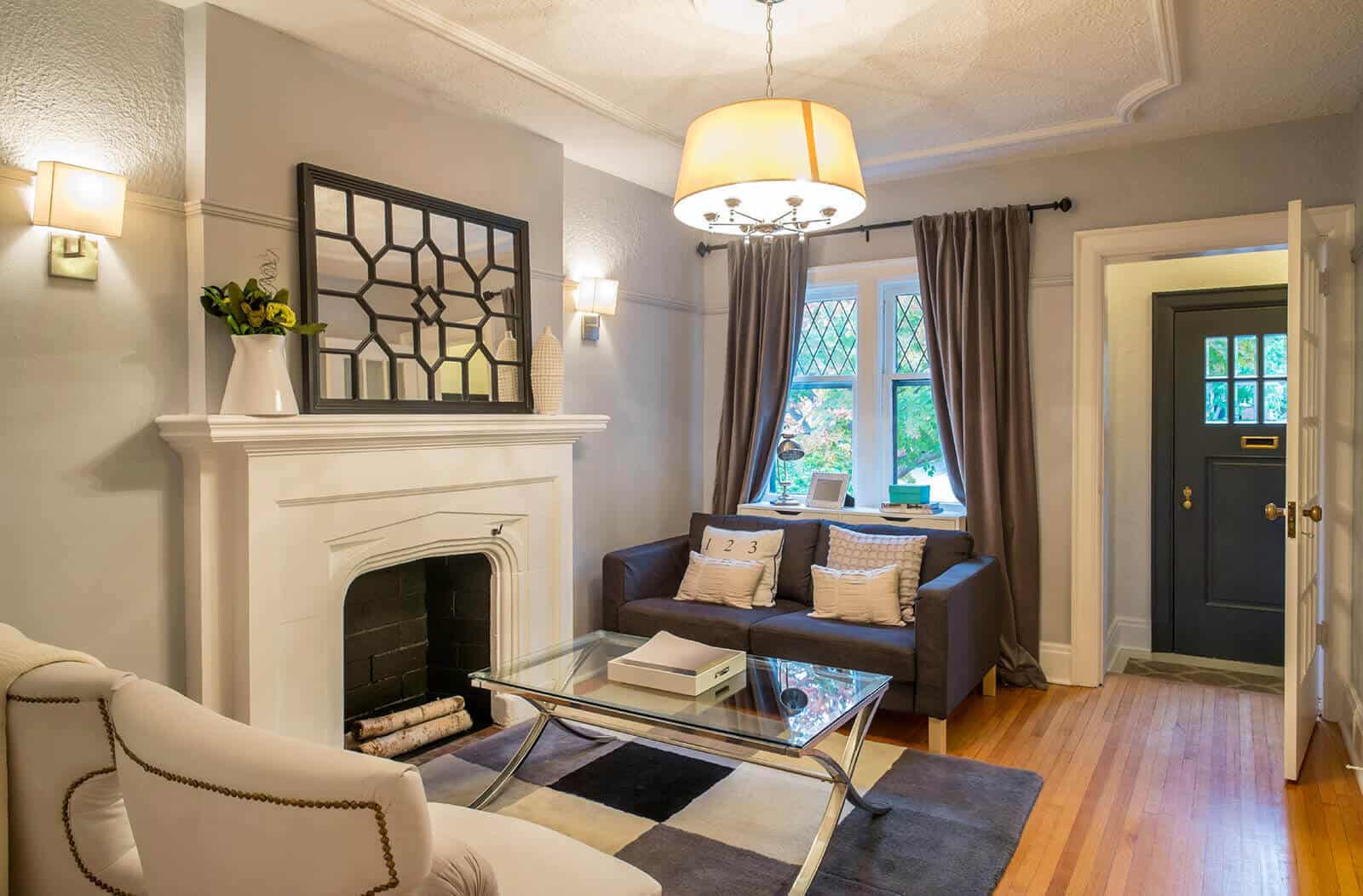



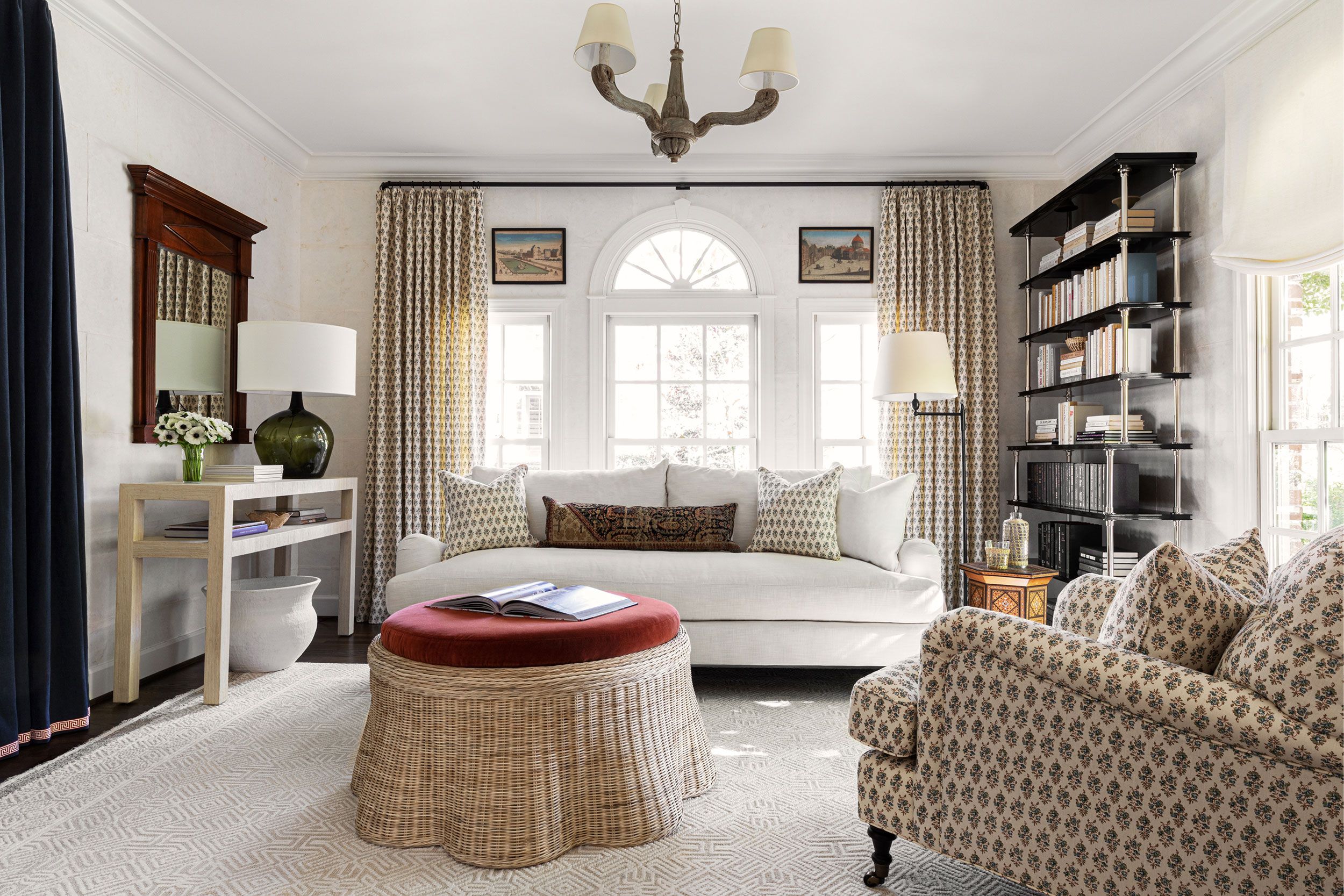



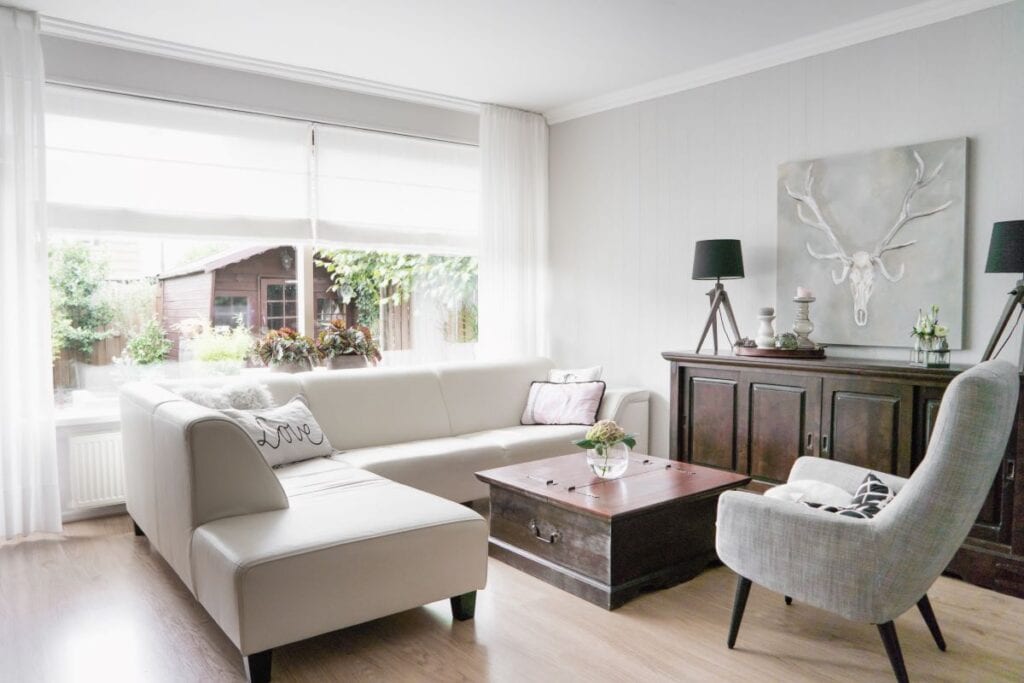
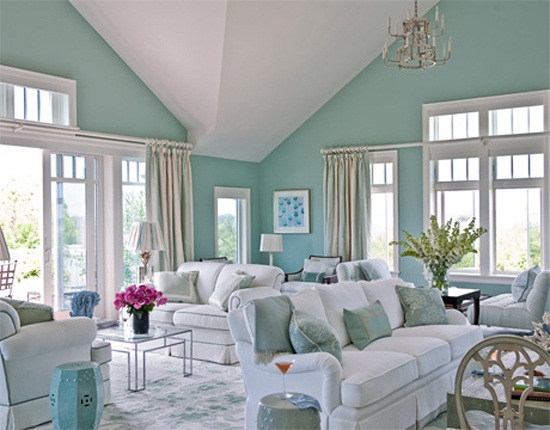


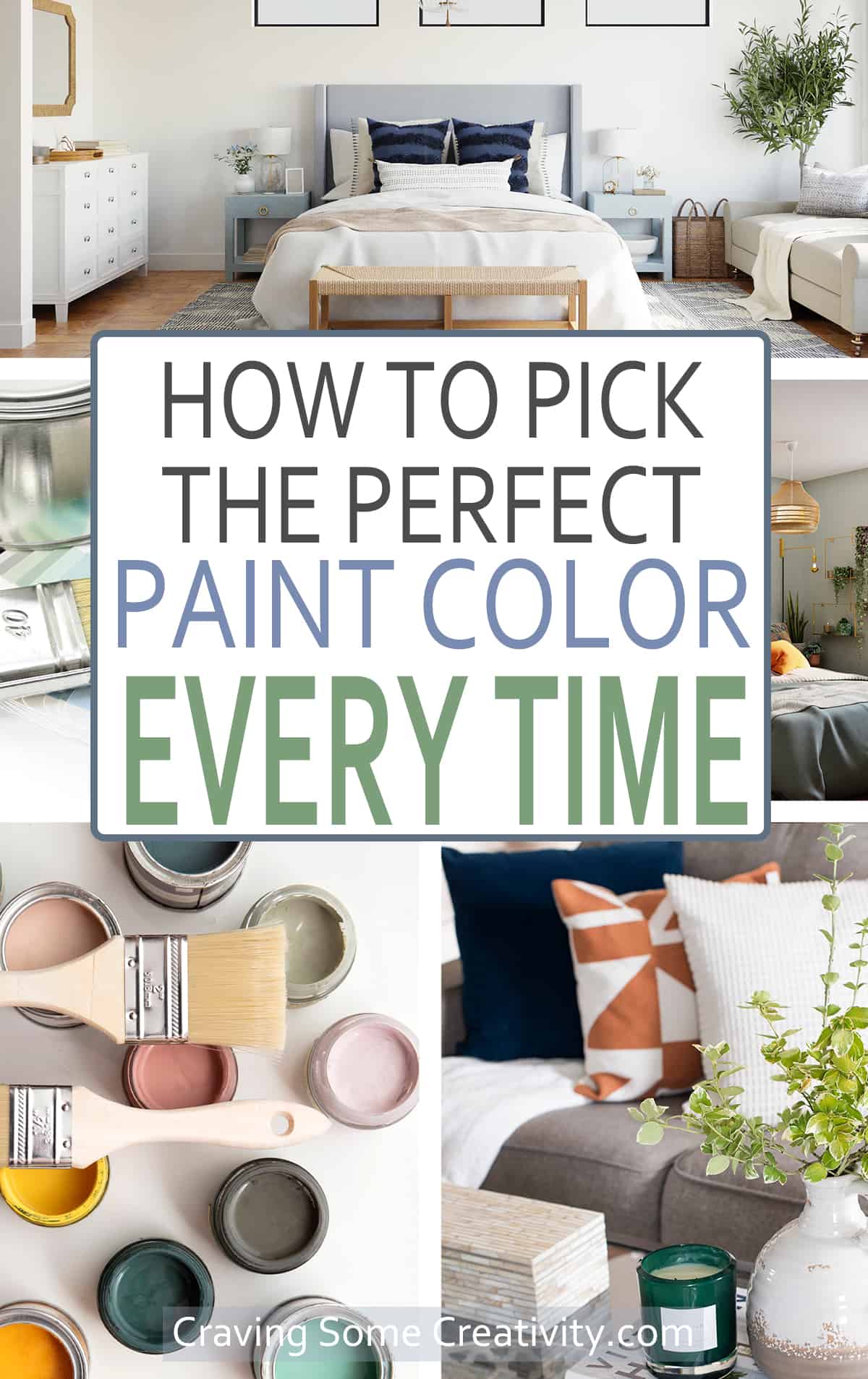





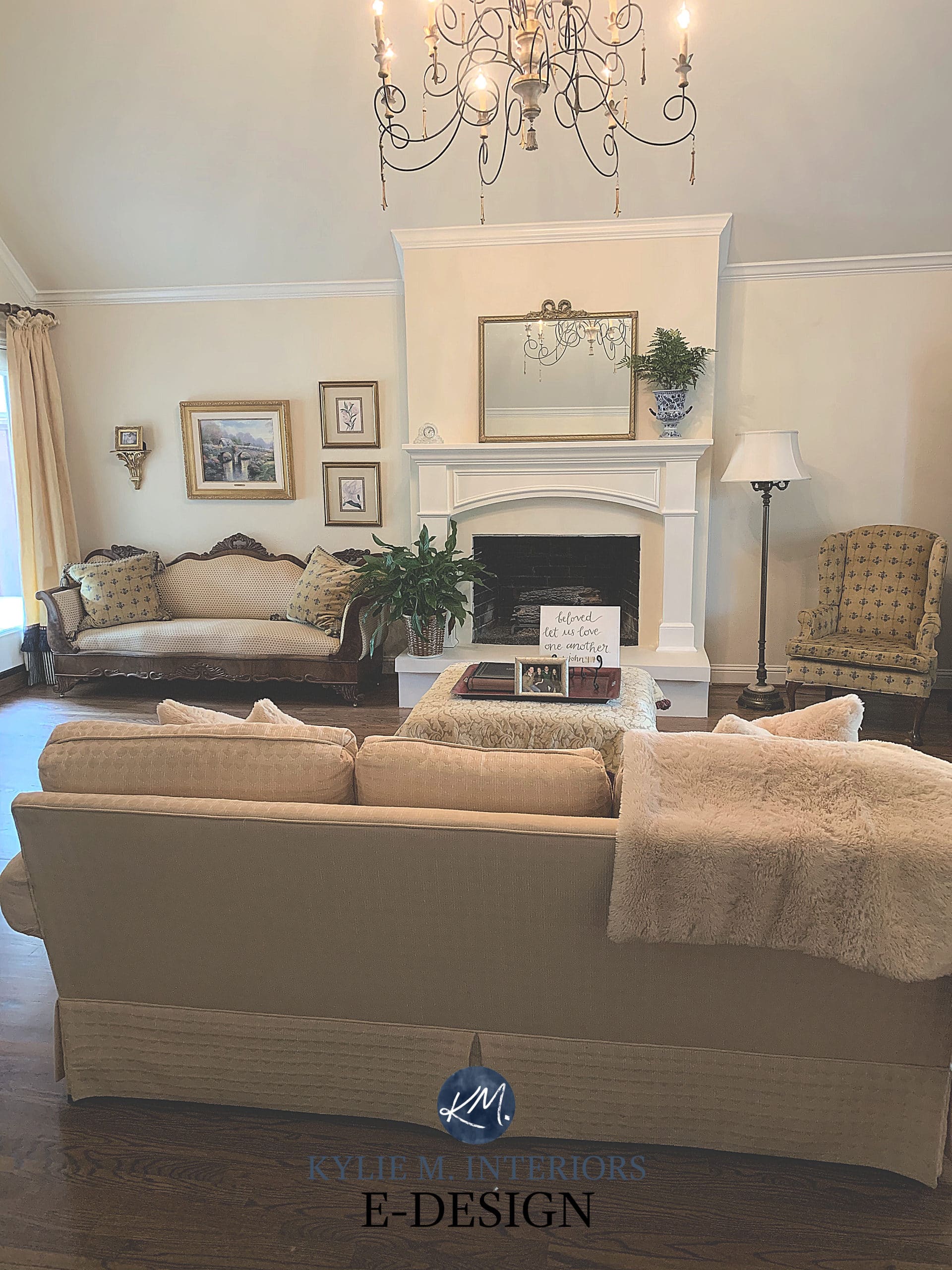

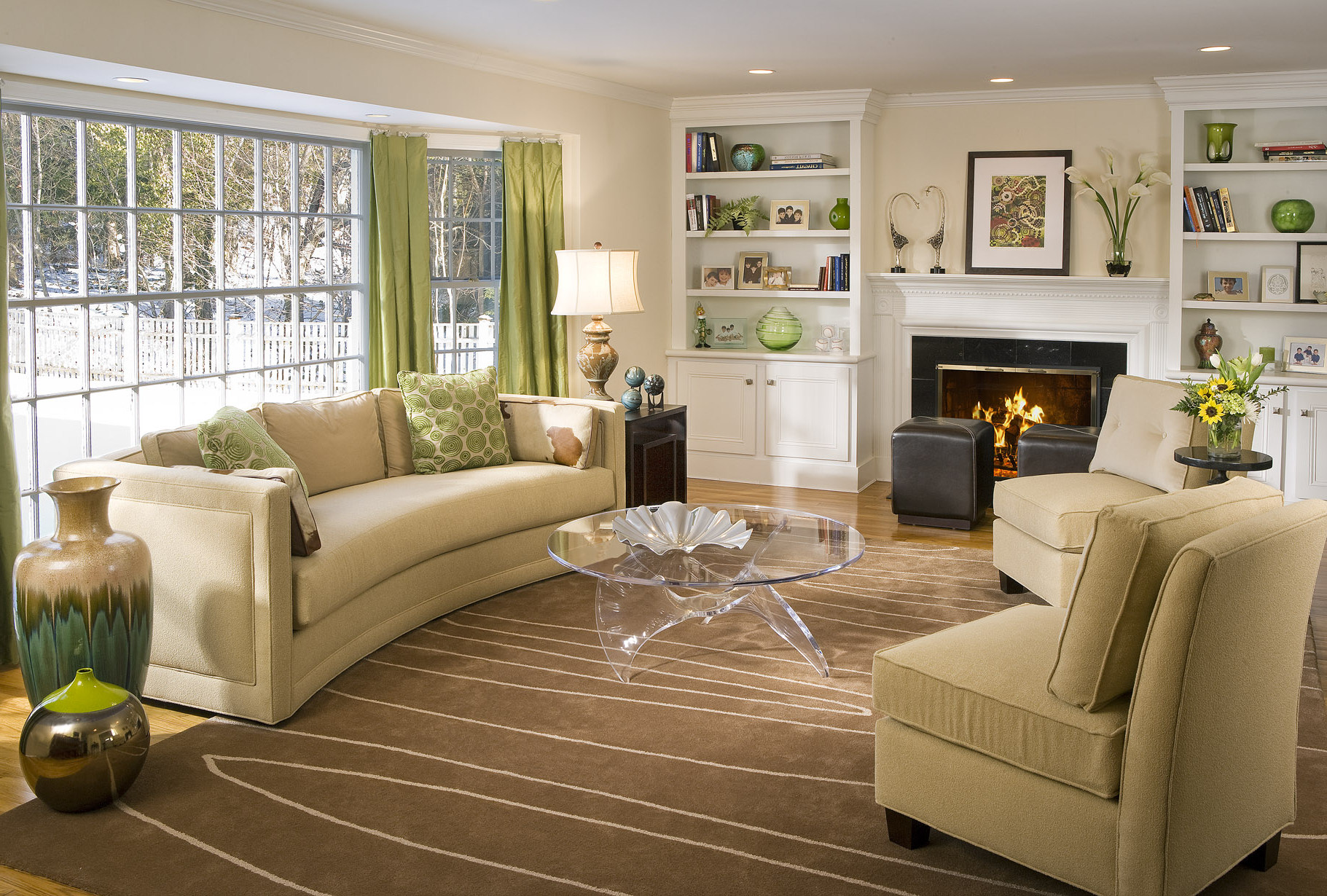


/StraightOn-055_HERO_8BIT_WEB-5c71d4b5c9e77c000149e4ea.jpg)


